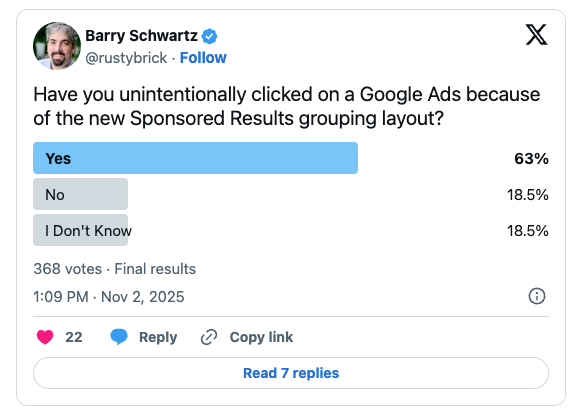After more than 15 years in enterprise SEO across six major corporations, I’ve seen more careers derailed by internal politics than by Google updates.
Many SEOs moving from agency to in-house assume that staying current with algorithms and improving rankings will be enough.
In reality, the harder work is navigating the organization and the people within it.
Agency life rewards deliverables and reports. Corporate life runs on relationships, repeatable processes, the right platforms, and visible performance – all carrying equal weight with technical skill.
The following lessons reflect where SEOs can grow, avoid common pitfalls, and build sustainable careers inside complex enterprises.
Job searching
Landing an SEO role in the corporate world today is less about chasing postings and more about positioning yourself as the obvious choice before you ever apply.
Hiring teams look for someone who connects well, presents a clear professional narrative, and shows measurable impact.
Don’t apply online
Most resumes submitted through job portals get filtered out by automated systems before a recruiter ever sees them.
Job boards like LinkedIn can be research tools.
When you find a role that fits, look for someone inside the company who can refer you – internal referrals dramatically increase your chances of an interview.
If you’re early in your career, build relationships long before you need them.
Find mentors through ADPList, attend local meetups, and join SEO and AI workshops or virtual conferences.
These touchpoints often matter more than submitting formal applications. In today’s market, your network is your application.
Optimize for you
You’re an SEO – use the same skills you apply to websites on your own professional presence.
Start by choosing two “primary keywords” for your career: a job title and an industry.
If you already have experience in a specific vertical, lean into it.
If you don’t, pick an industry you genuinely understand or care about so you can speak to its audience and problems with credibility.
Use LinkedIn as a search engine. Include your soft skills, technical strengths, marketing competencies, and the industry terms hiring managers are scanning for.
Keep unrelated hobbies off your profile unless they support the roles you want.
If you wouldn’t include “yoga enthusiast” on a landing page targeting enterprise SaaS buyers, it shouldn’t be on your LinkedIn unless your goal is to work for a yoga brand.
And learn to talk about yourself clearly. Many SEOs are introverted or default to giving full credit to the team. That’s admirable in the workplace, but interviews require precision about what you led, influenced, or delivered. You can stay humble while still being direct.
Make sure all your touchpoints – resume, LinkedIn, portfolio, GitHub if relevant, personal site – align.
Recruiters and hiring managers will check multiple sources.
Consistency helps them see your strengths quickly and positions you as someone who understands how to present a unified brand.
The SEO resume of 2026
Resumes today need to be concise, scannable, and impact-driven.
One page is ideal unless you have 10+ years of experience or leadership roles that warrant a second page.
Lead with outcomes instead of responsibilities:
- Growth percentages.
- Traffic lifts.
- Rankings that mattered.
- Core Web Vitals improvements.
- Structured data implementations.
- Migrations you guided without losses.
Use action verbs that convey ownership – led, optimized, increased, launched – and tailor each bullet to the role you’re applying for.
Hiring managers want to see how your experience connects to their specific challenges, whether that’s:
- Scaling content.
- Improving site performance.
- Fixing crawl issues at scale.
- Shaping cross-functional SEO strategy.
List the tools that matter for enterprise SEO, but keep the list purposeful.
A handful of relevant platforms – Google Search Console, Screaming Frog, Semrush, Botify, BrightEdge – shows breadth without turning your resume into an acronym block.
Your summary should point forward. Highlight your:
- Cross-functional skills.
- Comfort with enterprise complexity.
- Ability to adapt to search evolution, including AI discovery and LLM-driven surfaces.
Make it clear that you think beyond rankings – that you understand SEO’s role in product, content, and business outcomes.
Formatting still matters. Use white space, short bullets, and metric-first phrasing so your biggest wins stand out instantly.
Save the file as your full name. Little details help you look polished in a crowded field.
Leave out:
- Objectives: They waste space a summary can use better.
- Home address: No longer needed.
- First-person language: Resumes are marketing documents, not narratives.
- Irrelevant hobbies or side interests – unless they directly support your industry target.
Get to know it all
To build a long-term career in SEO, you have to become a student of how everything connects.
Search isn’t just algorithms or rankings – it’s the intersection of people, technology, and business.
You don’t need to master every discipline, but you do need to understand how they influence one another:
- How content shapes user experience.
- How technical health enables discovery.
- How every decision ties back to business outcomes.
For instance:
- People: Build partnerships with product, engineering, marketing, and analytics. SEO only works when teams align around shared goals.
- Process: Create structure that scales. Clear workflows and documentation reduce confusion and keep priorities moving.
- Platforms: Use tools that support crawling, automation, and performance tracking. Strong data visibility improves decisions and communication.
- Performance: Tie your work to impact – conversions, visibility, and revenue, not just rankings or traffic.
You move from executor to strategist when you connect these pillars. That’s when SEO becomes more than optimization – it becomes influence.
Dig deeper: Enterprise SEO is built to bleed – Here’s how to build it right
Career defining
A career isn’t shaped only by what you know – it’s shaped by how you grow.
In corporate SEO, growth comes from navigating people, priorities, and pace as much as mastering algorithms.
These lessons reflect the choices that determine whether your career moves forward or stalls:
- When to move on.
- When to speak or listen.
- How to make your impact visible in environments where results alone aren’t always enough.
Do not overstay
Growth often happens when you change environments, not when you stay in one too long.
After a few years in the same company, it’s easy to get typecast as “the SEO person” instead of a strategic partner.
Organizations anchor you to the role they hired you for, even as your skills expand.
Moving every one to three years exposes you to new leadership styles, challenges, and technologies – all of which sharpen your instincts and broaden your range.
For SEOs, each transition teaches you what actually drives growth and how to earn credibility quickly by aligning teams and delivering impact.
No need to respond
Not every meeting needs your voice.
Early in my career, I believed credibility came from speaking first and often. I later learned that listening is one of the strongest leadership skills.
It reveals what drives decisions, who holds influence, and where priorities truly sit.
For SEOs, understanding the room before jumping in often leads to sharper, more relevant recommendations – and they’re harder for stakeholders to dismiss because you’re grounding them in what the team already values.
Speak up when it matters
The opposite of constant talking isn’t silence – it’s strategy.
Knowing when to speak is an underrated professional skill, especially in large organizations where timing and tone matter as much as insight.
A well-placed comment that bridges teams, clarifies a decision, or protects performance can shift the entire conversation.
Speak with intention, not frequency, and your influence will grow even when your airtime doesn’t.
Surface your success
Results only matter if the right people see them.
Many SEOs assume that hard work will naturally lead to recognition, but visibility is a skill.
Frame your wins in terms leaders care about – revenue impact, efficiency gains, customer experience improvements.
Bring them to leadership reviews, all-hands meetings, and retrospectives so others understand how SEO supports bigger goals.
Build relationships with people who can advocate for you when opportunities arise. Influence isn’t just about execution – it’s about making your impact legible and memorable.
Weekly and monthly updates
Keep a running log of your work, conversations, and metrics.
I block time every Friday to summarize the week across three areas: meeting outcomes, task updates, and wins.
Some managers want these updates – others don’t.
Either way, they help you track progress and build a record you can reference later.
Tools can help – I’ve used GitHub Issues, simple .txt files, and, more recently, a Chat Agent that compiles my notes into summaries.
These logs save hours when someone asks about a past decision or when you’re updating your resume for a job search.
Whether you share them or keep them for yourself, they create clarity and evidence of your contributions over time.
Manage your time
Meetings can quickly overtake your day.
The most effective SEOs protect time for analysis, writing, and strategic thinking – the work that actually moves projects forward.
Block dedicated focus time, decline meetings where your presence isn’t essential, and suggest asynchronous updates when appropriate.
Protecting your time isn’t selfish. It prevents burnout and keeps you delivering work that matters.
Leave the past behind
It’s natural to reference past employers, but constant comparison can make you seem resistant to new ideas or unaware of context.
Every organization has its own culture, pace, and priorities.
Share relevant frameworks when they help, but adapt to the environment you’re in.
Your credibility grows when you focus on what works here – not on what worked there.
Dig deeper: The top 5 strategic SEO mistakes enterprises make (and how to avoid them)
Get the newsletter search marketers rely on.
Working with others
No SEO operates in isolation.
In enterprise environments, success depends on engineers who make optimizations possible, analysts who surface insights, and product managers who balance priorities.
Navigating these relationships requires empathy, patience, and strategy.
Often, your ability to guide discussions, document decisions, and build trust matters more than technical skill.
When you collaborate with intention, SEO becomes less about convincing others to care and more about creating shared ownership of the outcome.
Guide through questions
Some of the most effective leadership moments come from asking the right questions rather than supplying the answer.
Many of my biggest wins happened when I helped stakeholders arrive at the solution themselves.
When people believe they’ve discovered the path forward, they take greater ownership and champion the outcome.
This is especially powerful in SEO, where teams may be hesitant to adopt recommendations.
Asking questions shifts conversations from resistance to curiosity and reframes SEO as a shared opportunity instead of an external directive.
Influence grows when collaboration feels like discovery, not pressure.
Document everything
In large organizations, memory fades quickly.
Document ideas, decisions, experiments, and notable conversations so you have a clear record when questions resurface months later.
Documentation turns “I think” into “I know,” strengthening your credibility and protecting your work.
Whether you keep notes in shared documents, project tools, or automation-assisted summaries, the goal is the same – create a defensible trail of how decisions were made and what impact followed.
When leadership asks about traffic shifts or delayed recommendations, your written history becomes both insight and insurance.
Trust carefully
Collaboration matters, but discernment protects your momentum.
Not everyone who agrees in a meeting is invested in follow-through.
Politics, shifting priorities, or competing metrics often influence behavior more than logic.
Learn who reliably delivers and who disappears when accountability is needed.
For SEOs, true allies in engineering, product, or analytics can make or break execution.
Align with those who follow through and stay cautious around those who view SEO as competition.
Protect your credibility by choosing collaboration with intention, not assumption.
Respect cross-team partners
The engineers, analysts, IT admins, and product managers beside you often carry projects across the finish line.
Early in my career, I made the mistake of treating these partners as support rather than as collaborators. Their expertise is what turns strategy into action.
Treat them as equals who share ownership of outcomes. Involve them early, respect their constraints, and acknowledge their contributions.
When partners feel valued, they become advocates – raising SEO needs in rooms you may not be in.
The strongest SEO wins aren’t solo efforts; they come from relationships built on mutual respect and shared momentum.
Dig deeper: The design thinking approach to enterprise SEO
Mental well-being
Sustaining a long-term SEO career requires more than technical skill – it requires balance, boundaries, and emotional resilience.
Constant algorithm changes, shifting priorities, and cross-team dependencies can drain you if you don’t protect your energy.
Mental well-being isn’t a luxury – it’s a strategy for longevity.
When you manage your mindset with the same discipline you apply to a site audit, you gain clarity, patience, and perspective – all qualities that make you more effective.
Take your PTO
Early in my career, I worried rankings would collapse the moment I took time off.
They never did – but my judgment did when exhaustion set in.
Burnout distorts perspective, makes you reactive to data, and limits strategic thinking.
Rest isn’t indulgence, it’s maintenance.
Search is a long game measured in quarters, not days.
A week offline is recoverable. Burnout is not.
Protect your energy with the same discipline you protect a site’s uptime.
Save compliments
Much of SEO happens behind the scenes, and visibility doesn’t always follow impact. When someone praises your work, save it.
Short notes from peers, partners, or managers become valuable artifacts during promotion cycles or job searches.
Collecting this feedback isn’t about ego – it’s about building equity and giving yourself a factual record of how you support the business.
Positive goes a long way
Every team has someone whose burnout becomes contagious. Don’t become that person.
Positivity doesn’t mean ignoring problems – it means creating space for solutions.
I once put a direct report on a performance improvement plan after his frustration began affecting morale.
After delivering the notice, I took him to lunch for an honest, empathetic conversation. That moment shifted everything.
His attitude improved, he worked his way off the PIP, and he later became a director at another company.
Compassion doesn’t replace accountability, but it makes growth possible. Leadership is as much about tone as it is about tactics.
Buffer your estimates
In corporate life, meetings multiply faster than progress. Dependencies shift.
Priorities change without warning. Build a cushion into your timelines. If you think something will take a week, plan for 10 days.
For SEOs, many delays sit outside your control – engineering queues, content operations bottlenecks, competing releases.
A buffer protects your credibility and keeps expectations grounded. Underpromise and overdeliver isn’t cliché – it’s survival.
Detach emotionally
Leadership skepticism about SEO is rarely personal. It’s usually about budgets, bandwidth, or competing bets.
Early in my career, I saw every pushback as a critique of my competence.
Over time, I learned it was part of the negotiation process.
When an initiative is deprioritized, it doesn’t mean your expertise has lost value – it means resources moved elsewhere.
Anchor conversations in business impact, not identity. Influence lasts longer when driven by logic rather than frustration.
Avoid gossip and SEO fights
There was a time when I wasted energy debating SEO theories or venting about internal politics.
It felt good in the moment but changed nothing. My credibility grew the day I stopped trying to win arguments and started aiming for outcomes.
When disagreements arise, document your position, present the data clearly, and move on.
Rising above gossip doesn’t mean disengagement – it means choosing professionalism over noise.
Keep perspective
SEO isn’t emergency medicine, though corporate urgency can make it feel that way.
Most “crises” come from impatience with the slow, cumulative nature of search. Daily fluctuations rarely matter when the trendline is healthy.
Remind stakeholders – and yourself – that meaningful growth takes time.
When pressure for overnight results rises, stay grounded. The long game always wins.
Work isn’t life
Work can challenge and fulfill you, but it shouldn’t define you.
The most effective professionals invest in relationships and interests outside the company.
Detaching your identity from your job doesn’t weaken your ambition – it stabilizes it.
When your sense of worth isn’t tied to the next quarterly metric, you lead with more confidence and less fear.
Success becomes sustainable when life stays bigger than work.
Dig deeper: SEO’s future isn’t content. It’s governance
From optimizer to organizational catalyst
Fifteen years in corporate SEO have taught me that technical skill is only half the job.
The other half is navigating people, priorities, and perspective.
Algorithms will evolve, tools will change, and org charts will shift, but your ability to adapt, communicate, and lead determines how far you go.
Success in SEO isn’t about chasing every update or proving you’re the smartest person in the room.
It’s about building trust, creating clarity, and sustaining momentum through both wins and setbacks.
The most impactful SEOs aren’t just tacticians.
They’re translators, connecting data to business strategy, ideas to execution, and people to purpose.
When you recognize that your influence extends beyond rankings, you move from contributor to catalyst.
SEO may begin with optimization, but the real work is shaping how organizations think, act, and grow. That’s the craft worth mastering.

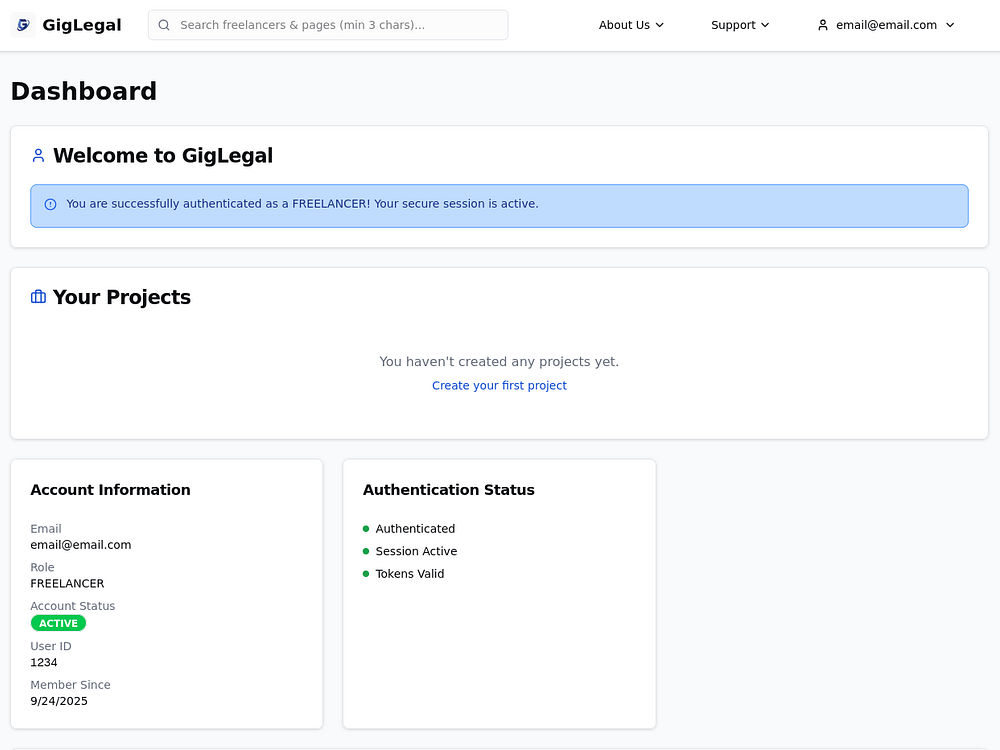
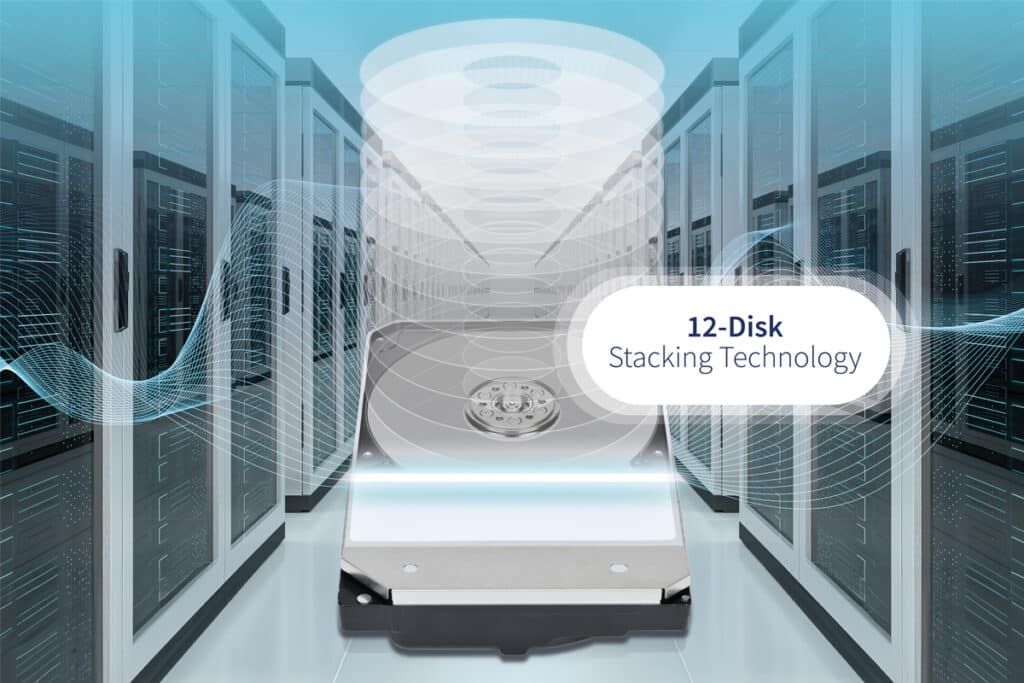











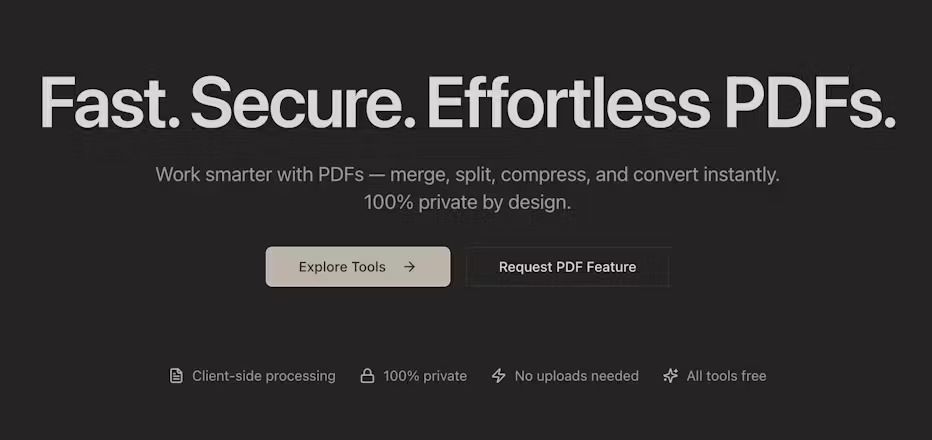





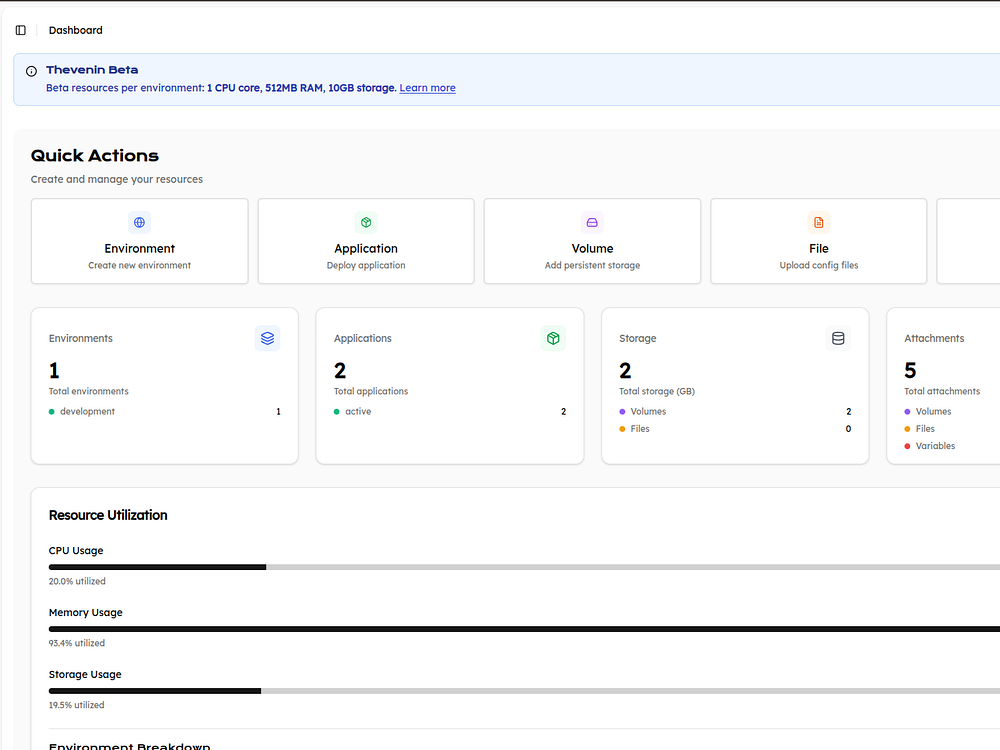
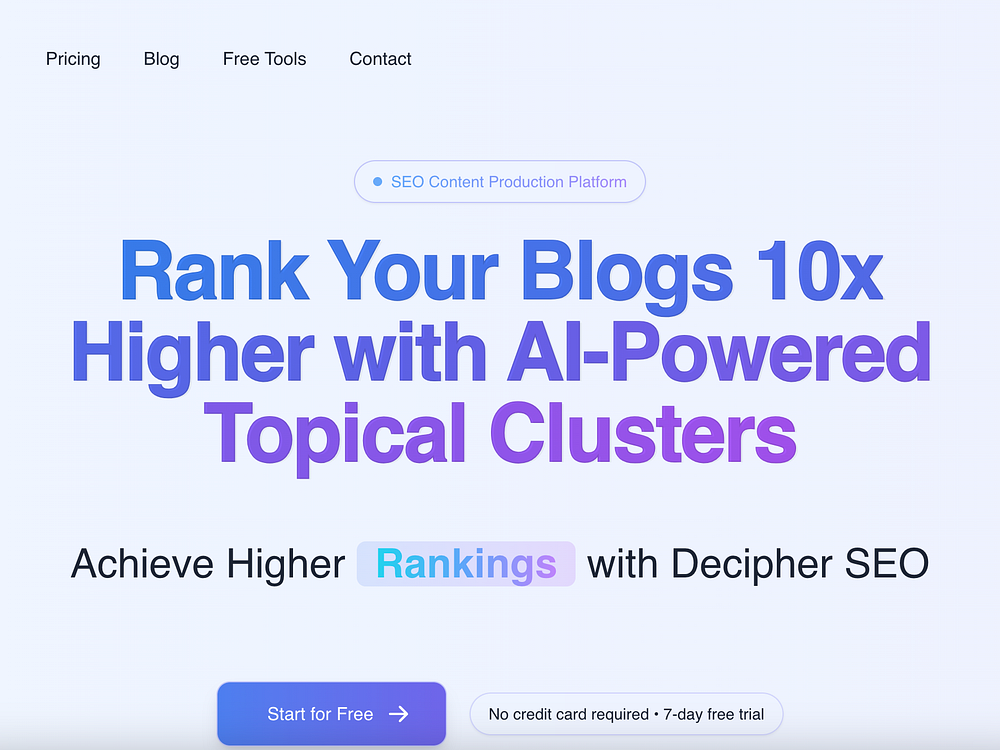







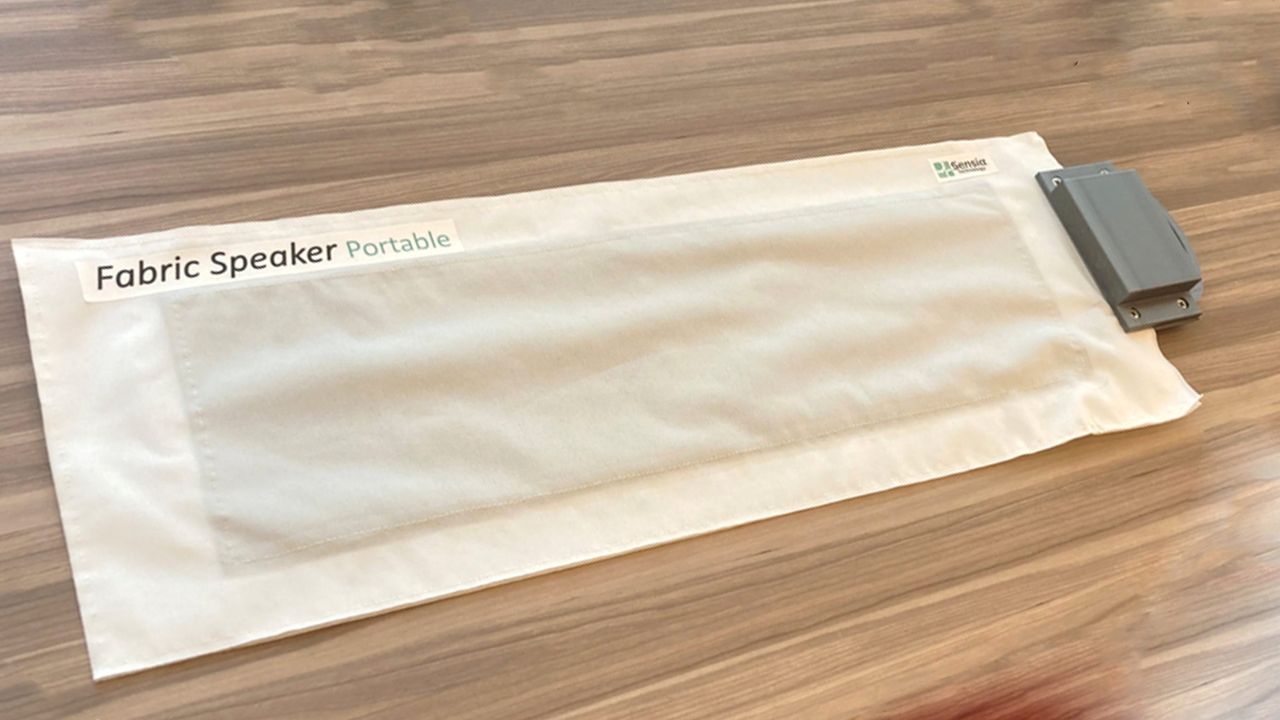





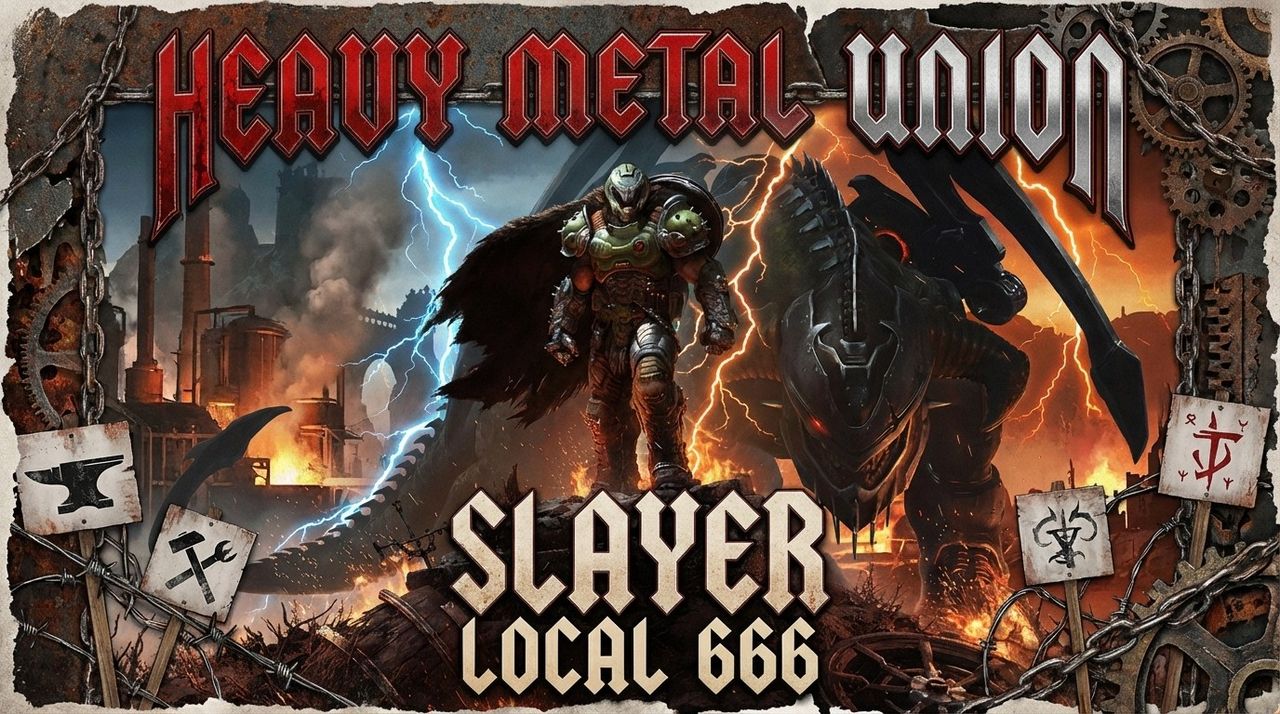

















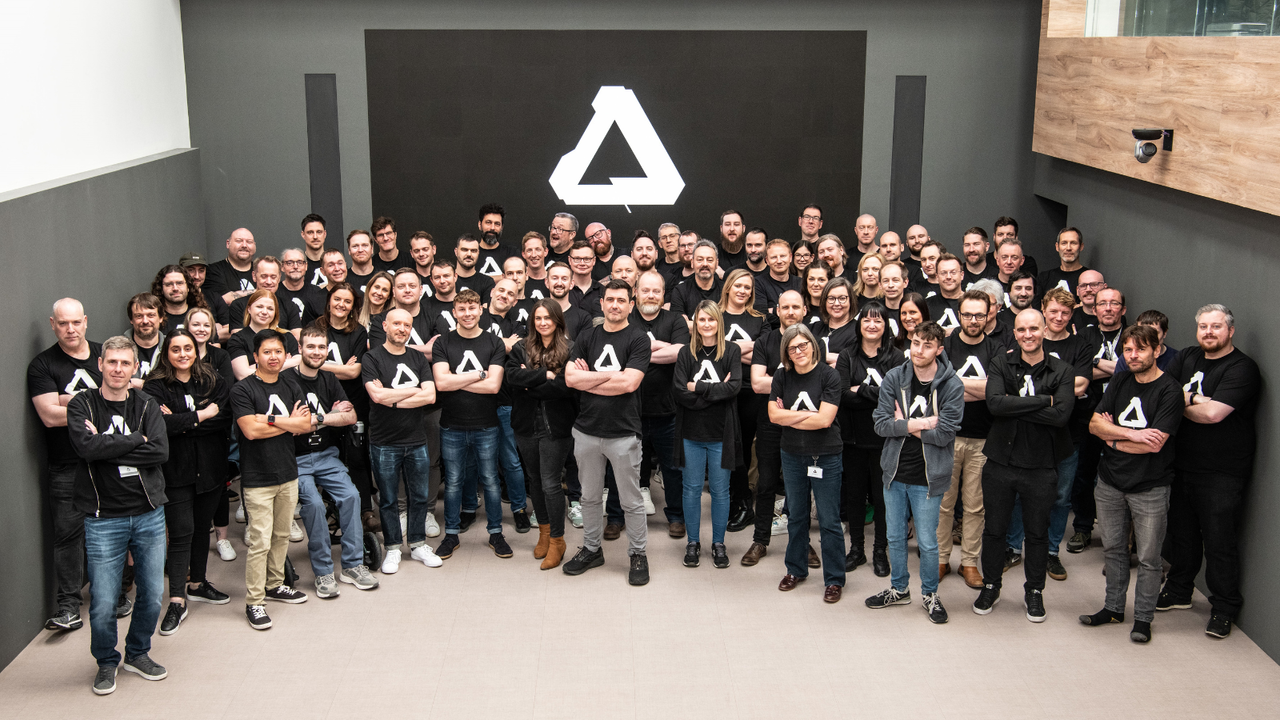








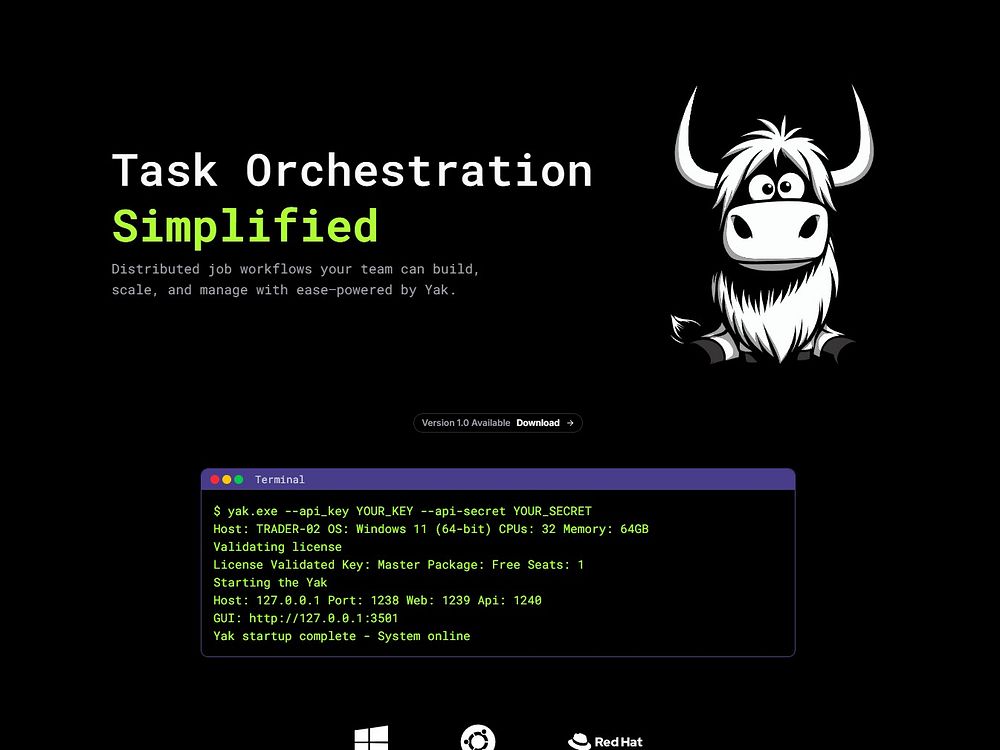



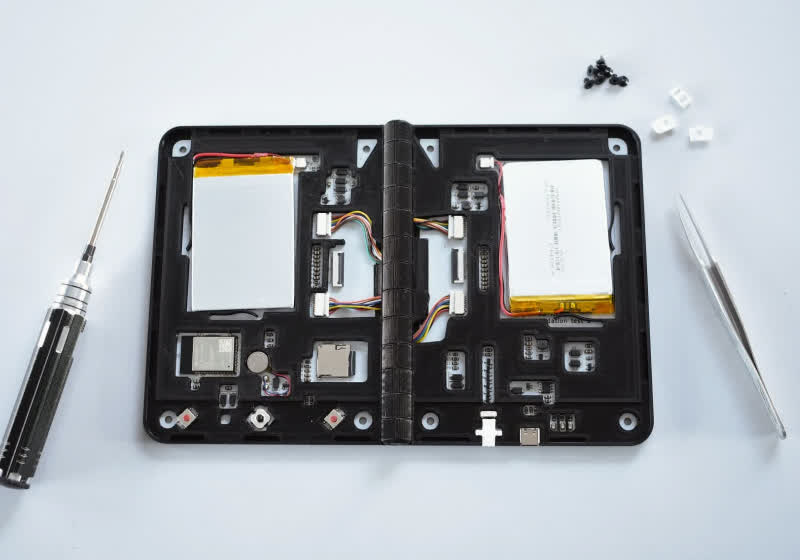






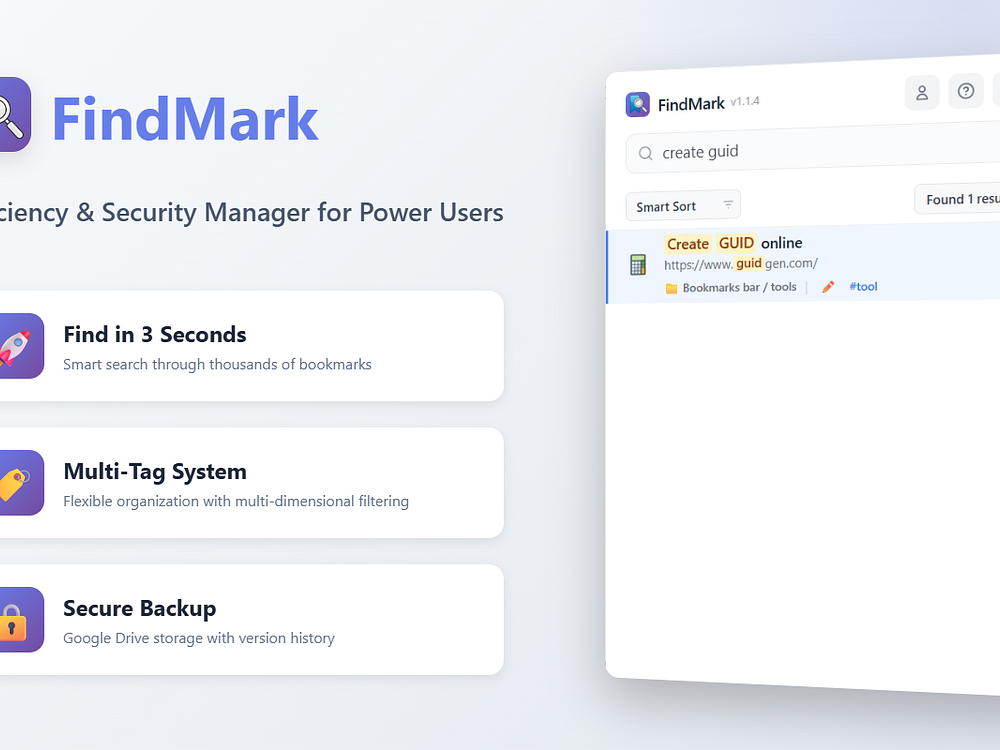
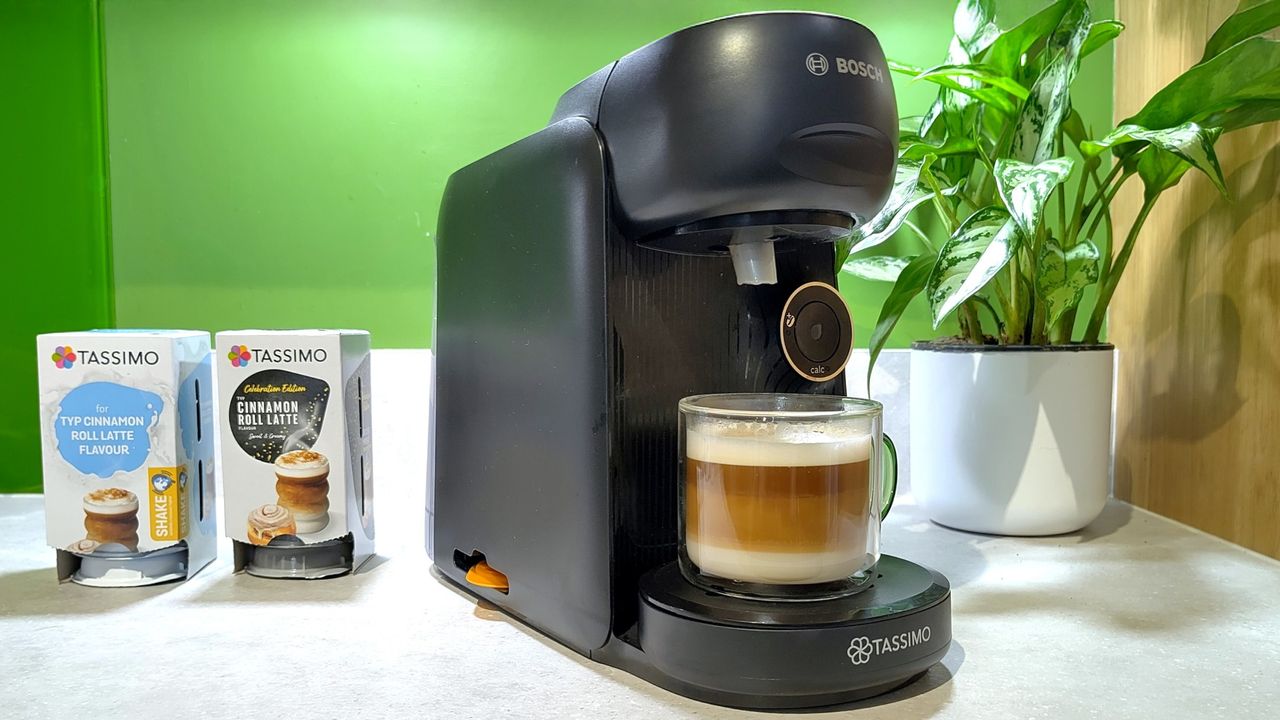


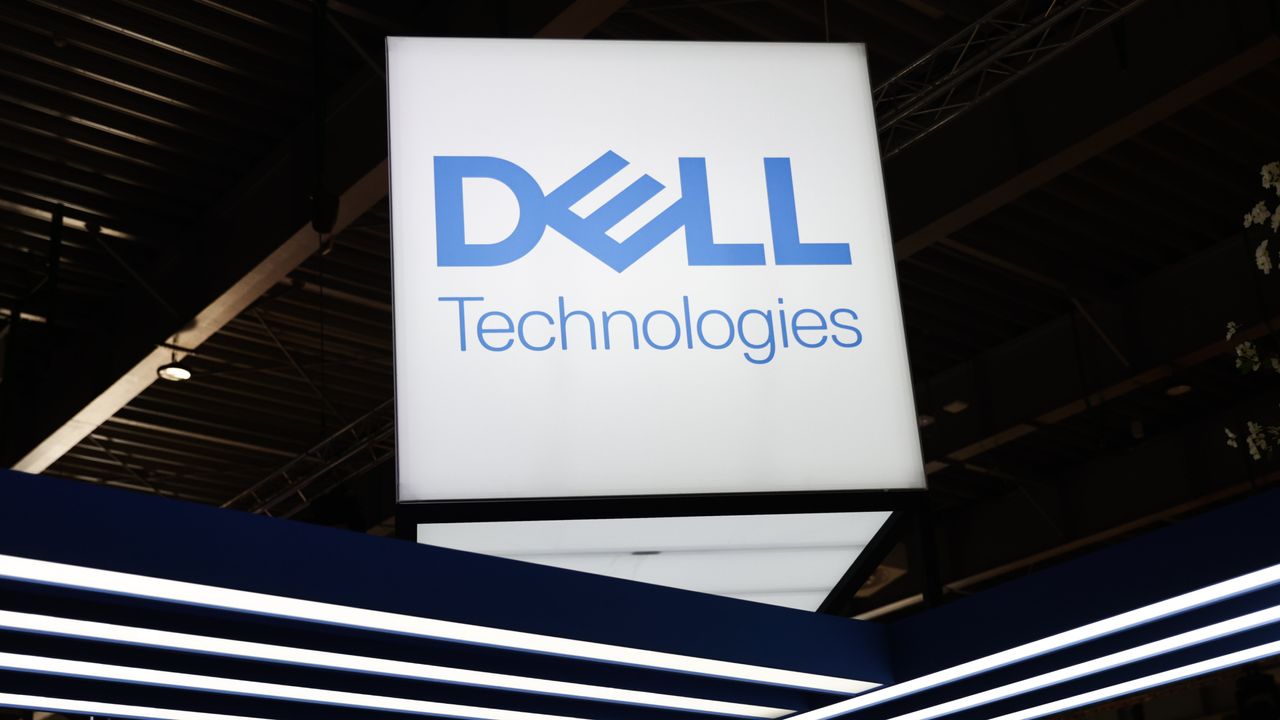

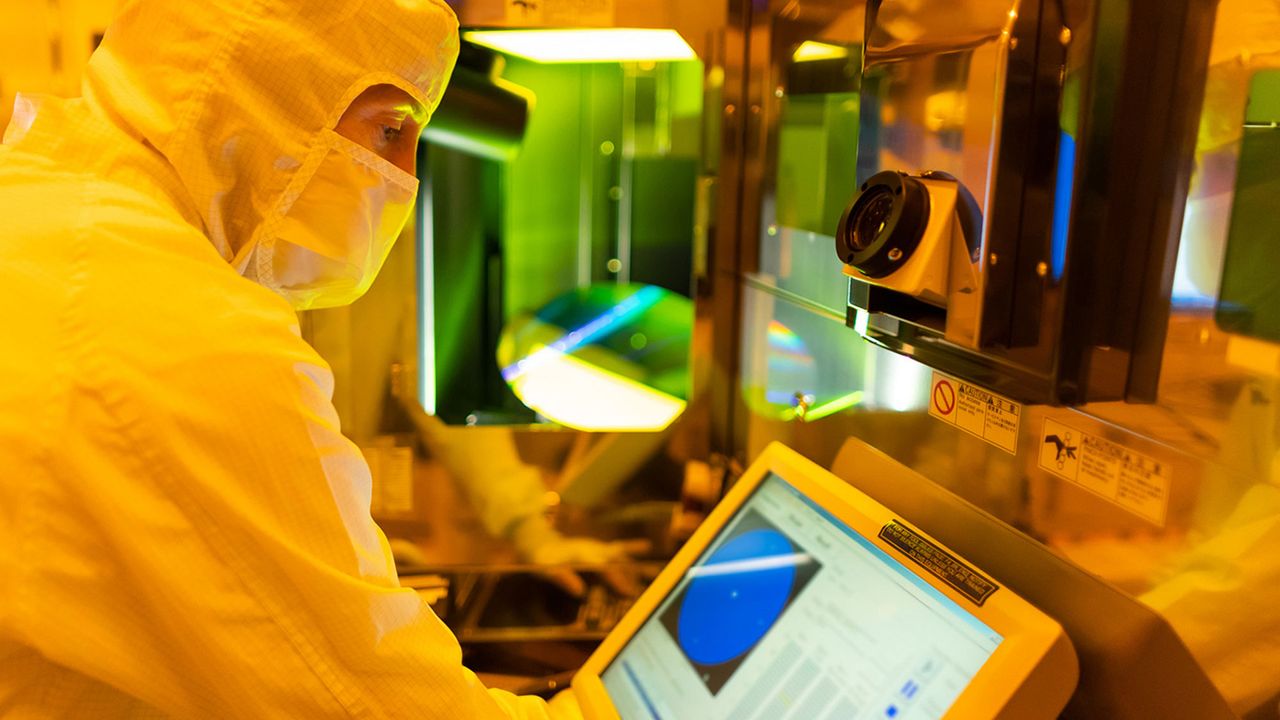









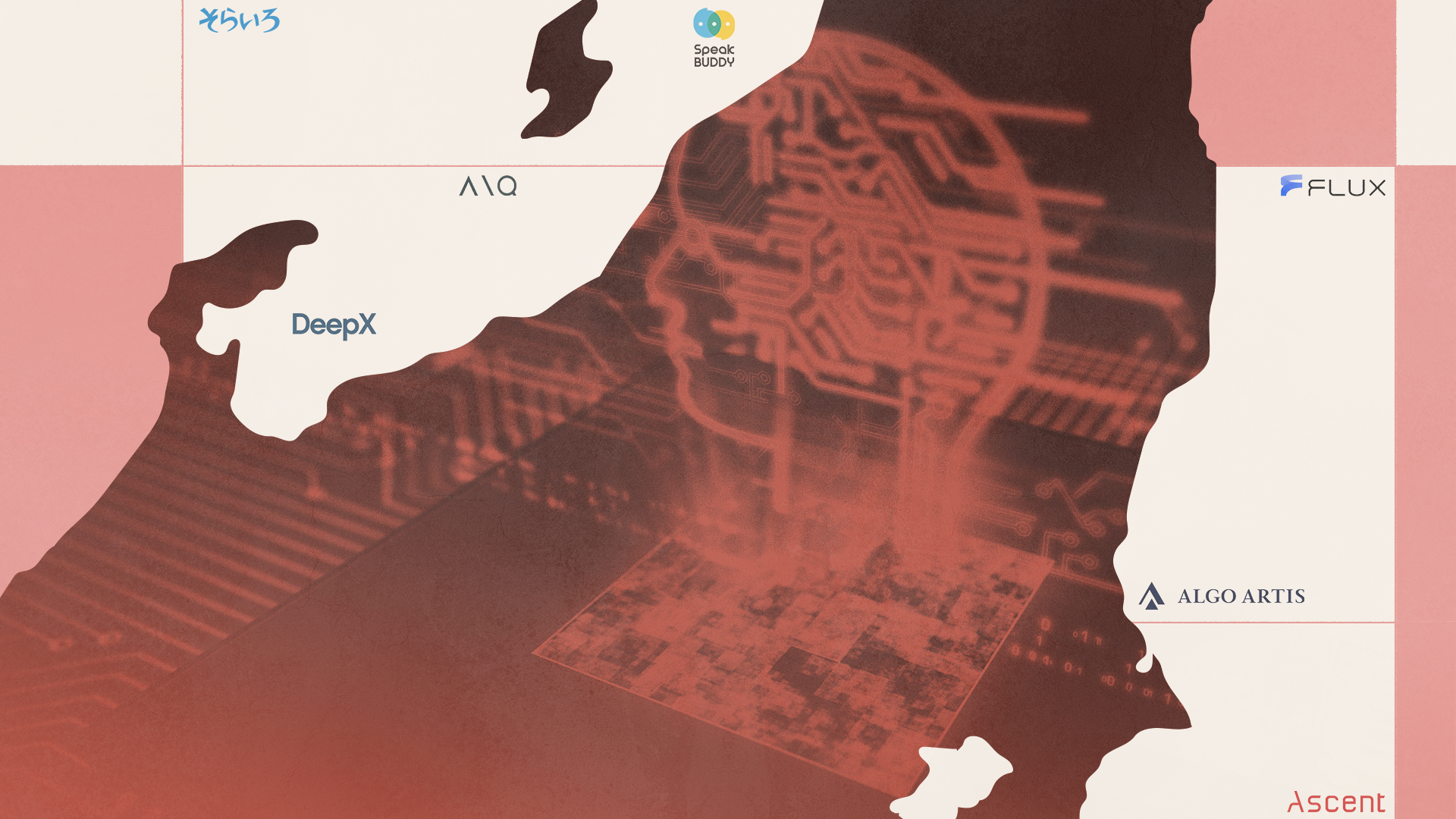




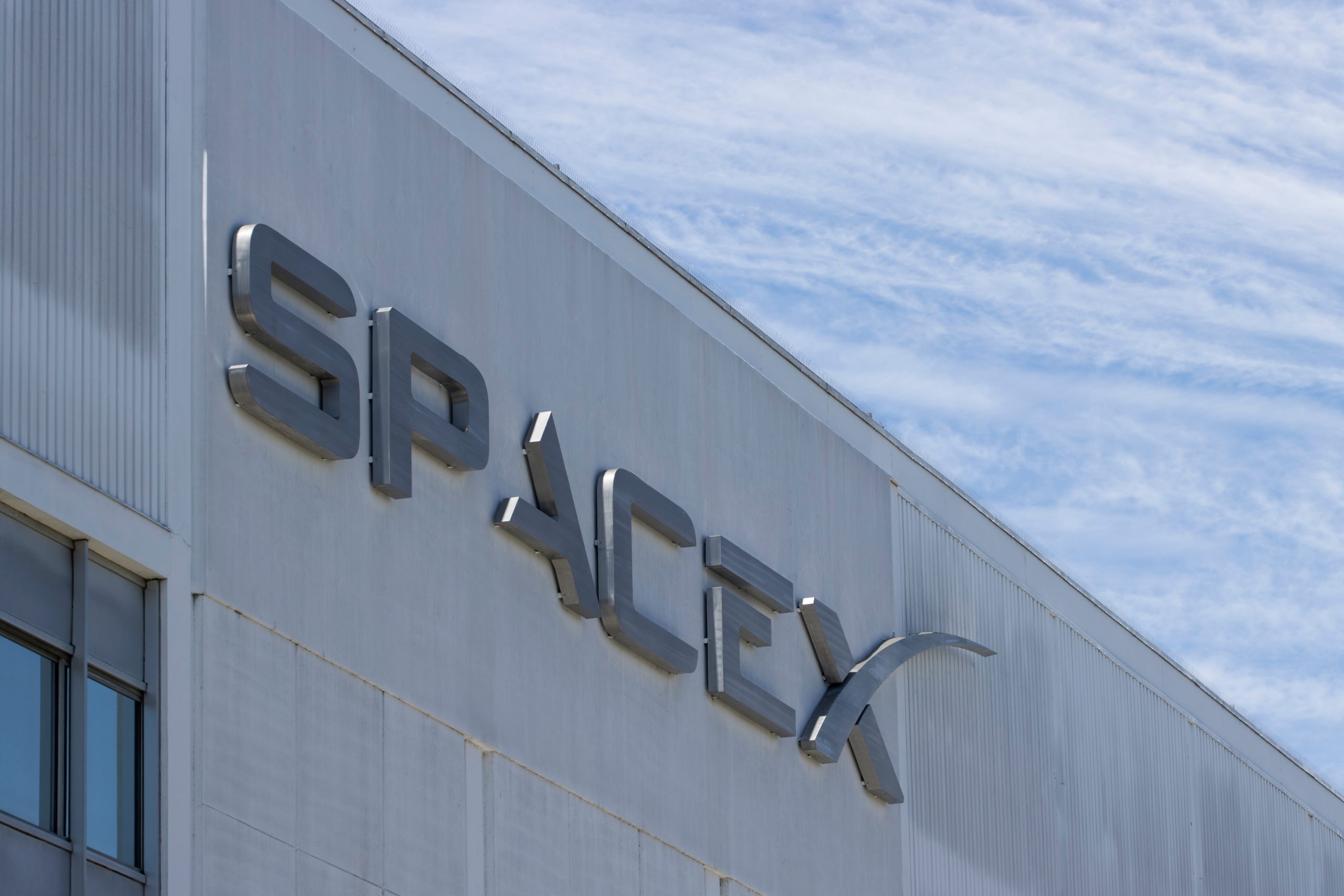

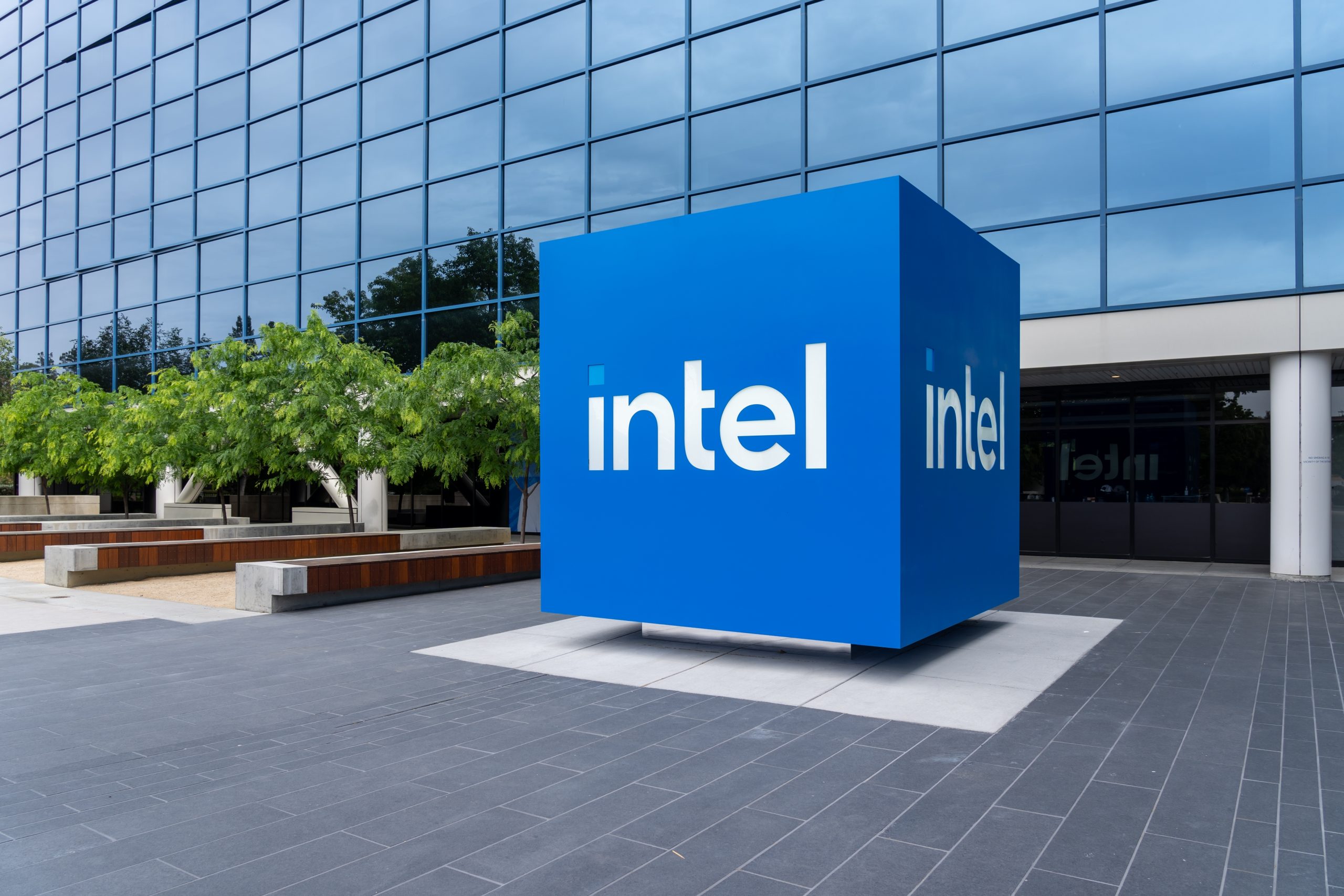
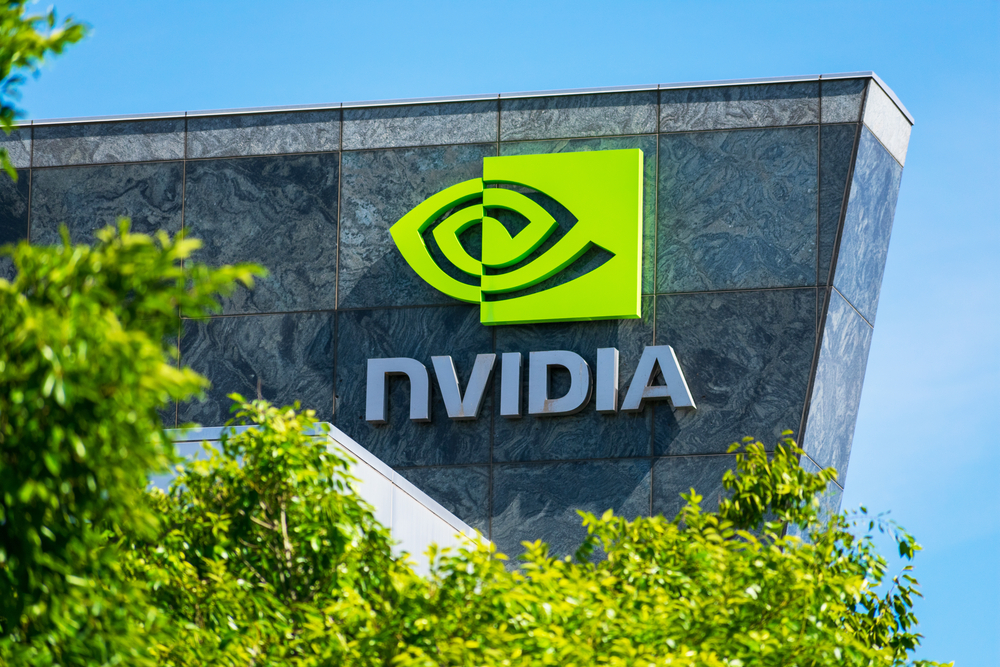

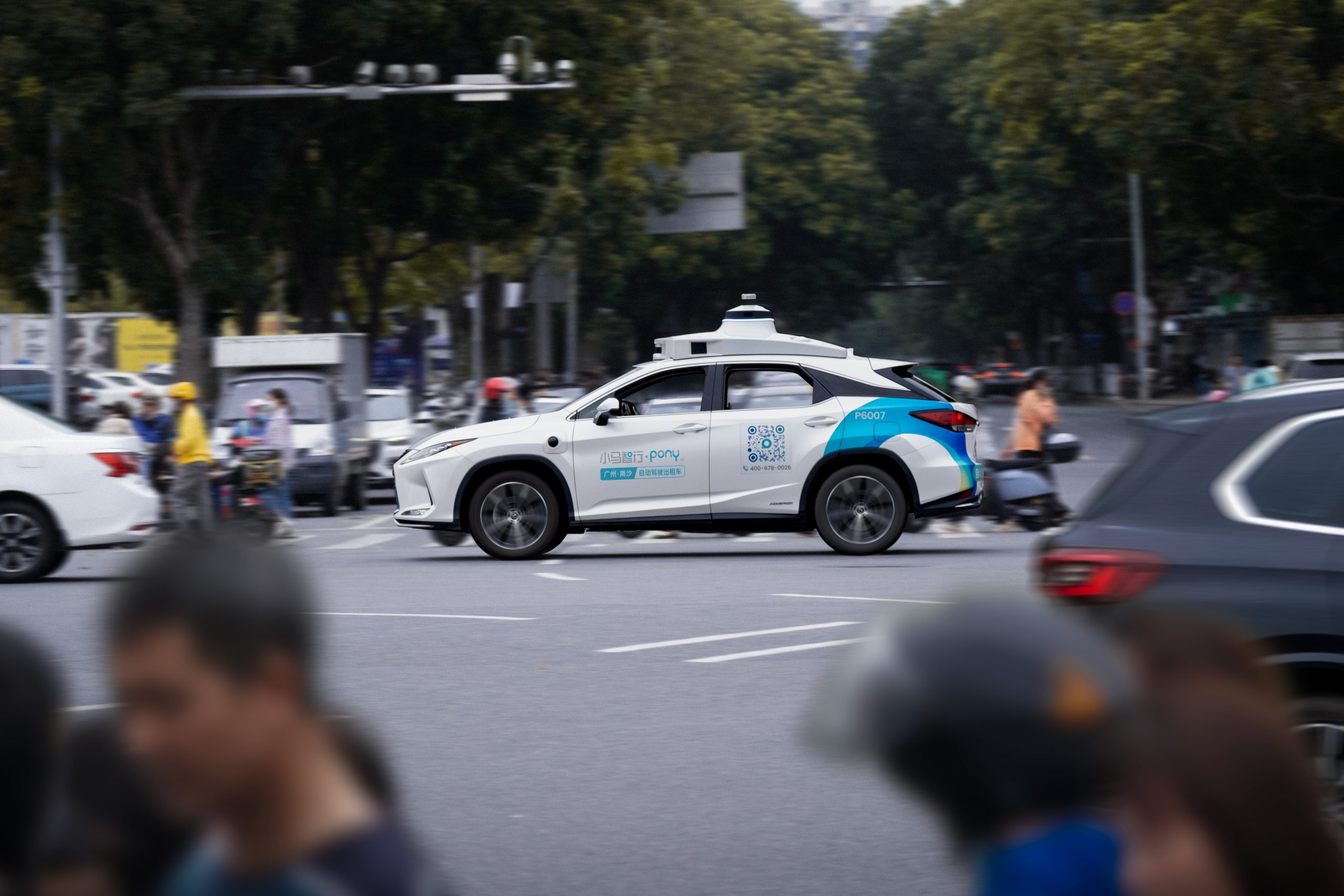








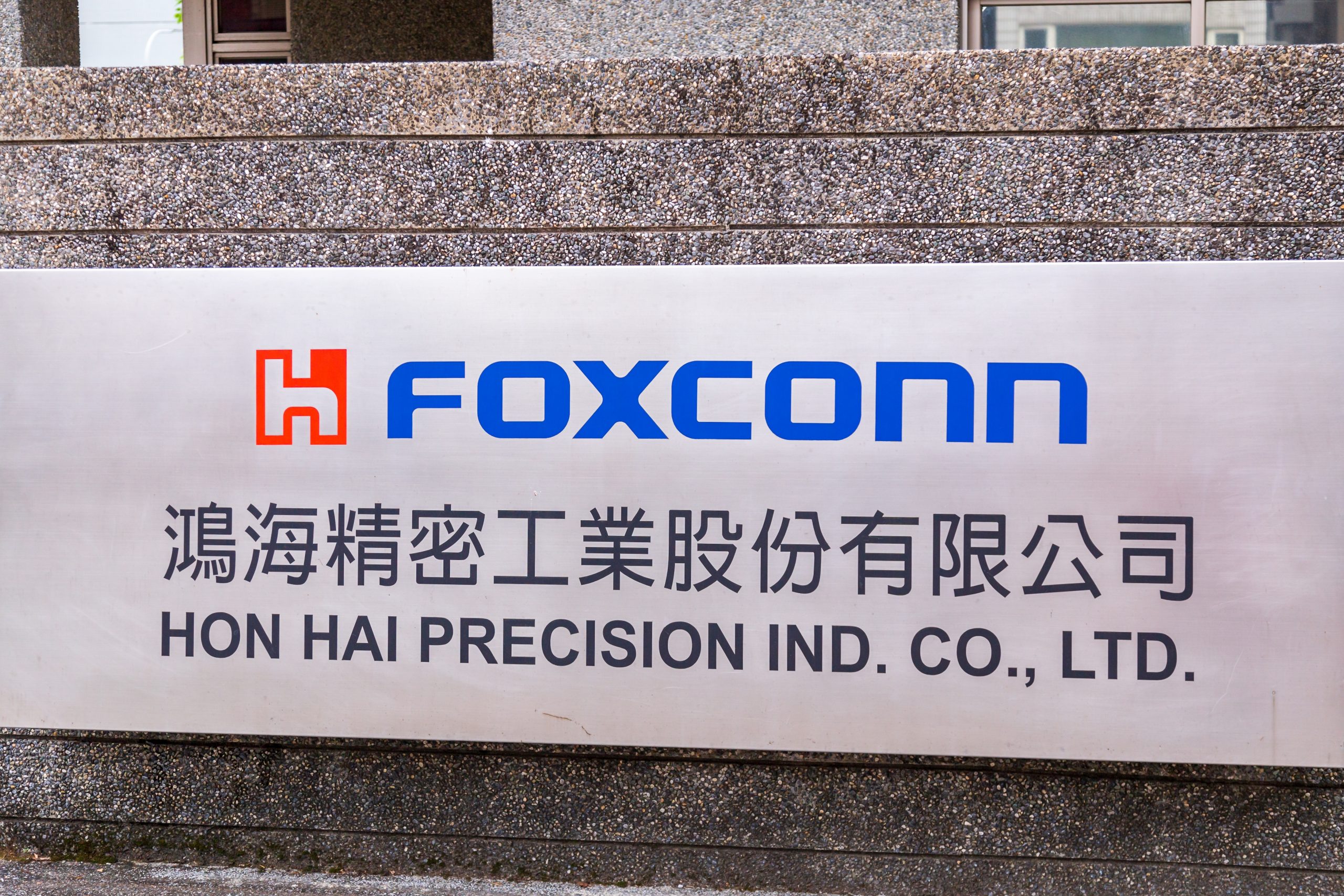




























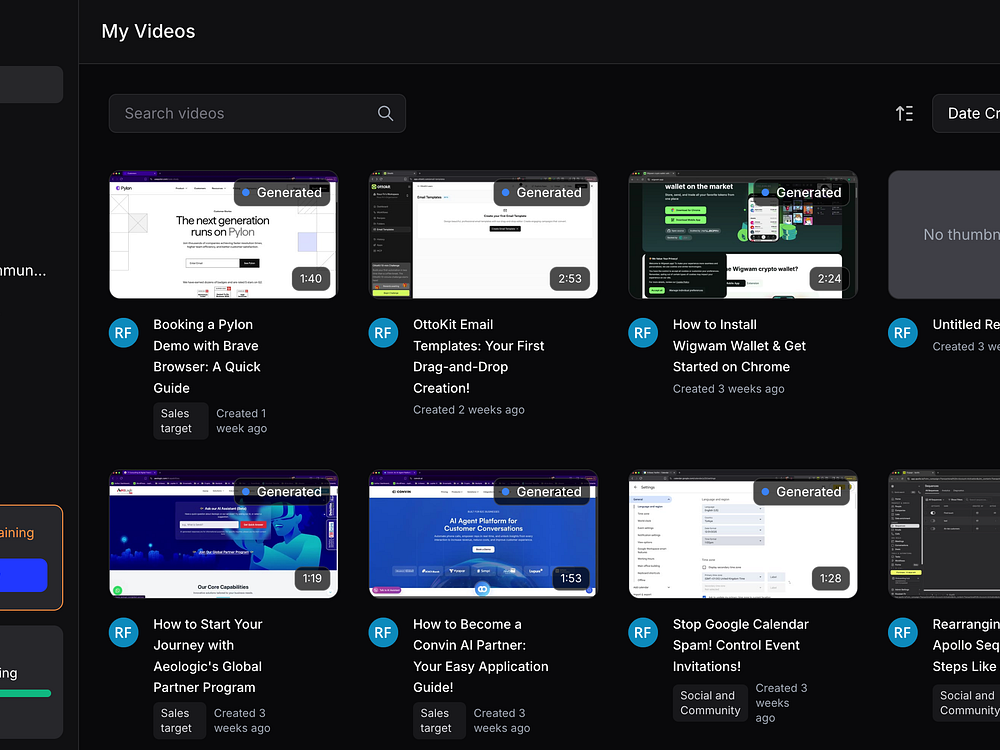
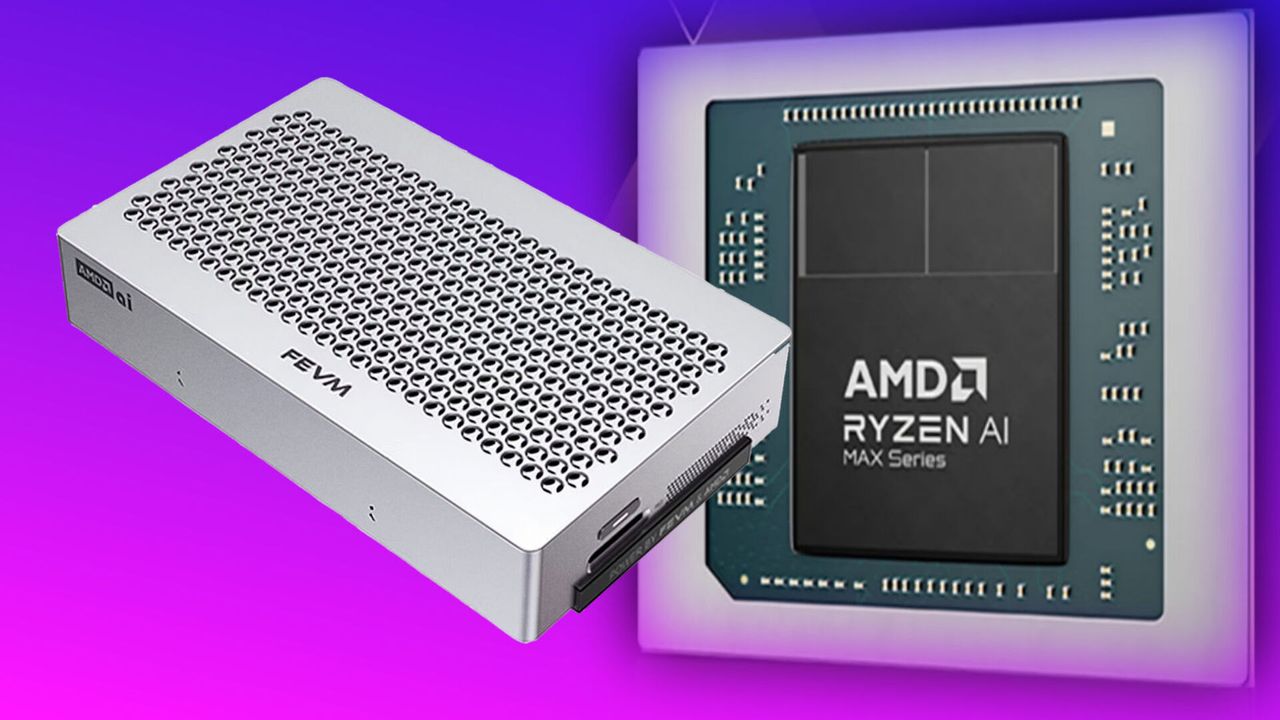
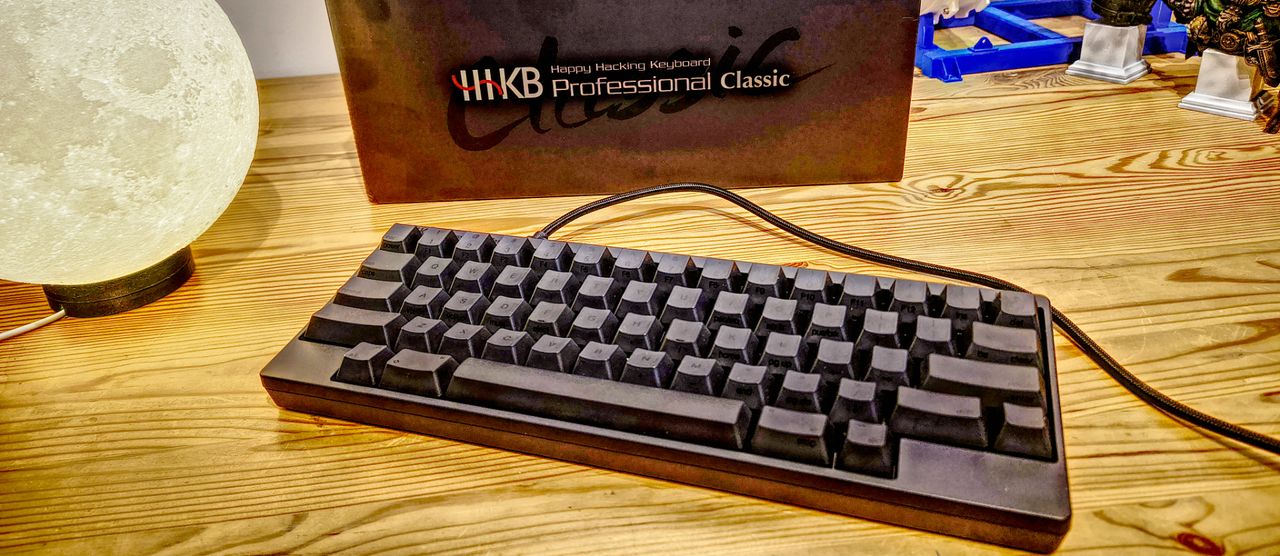






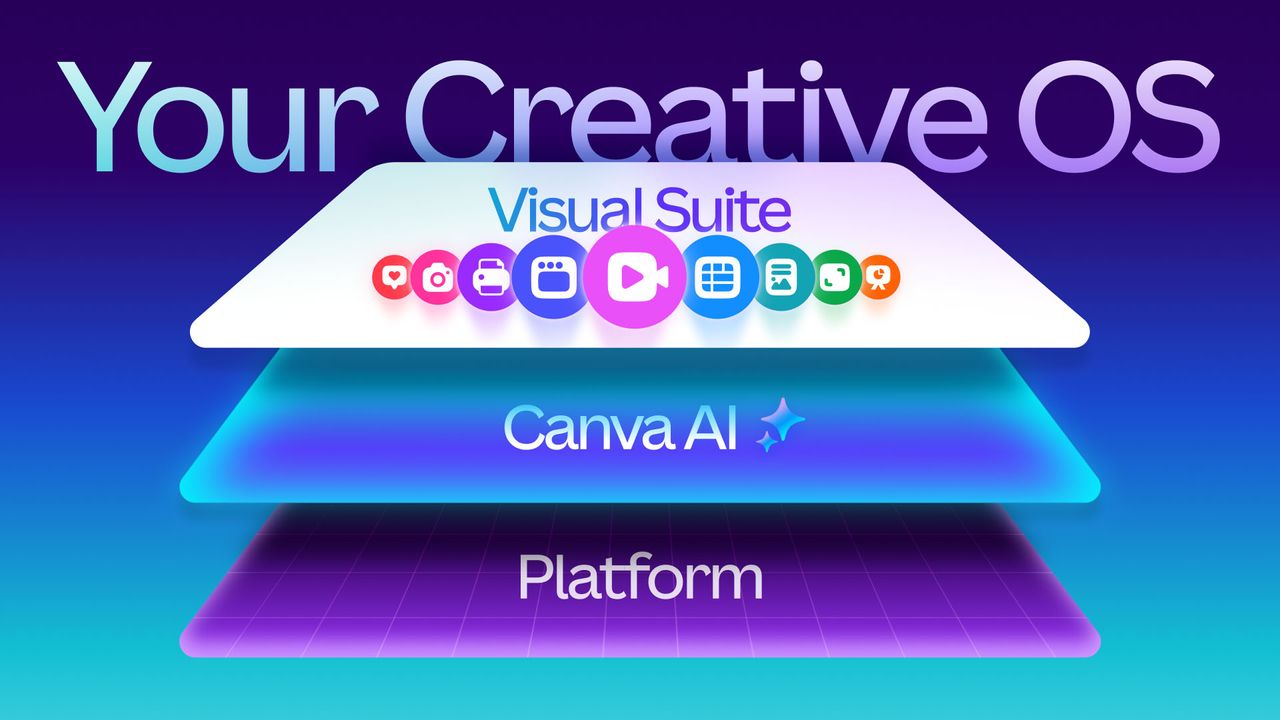








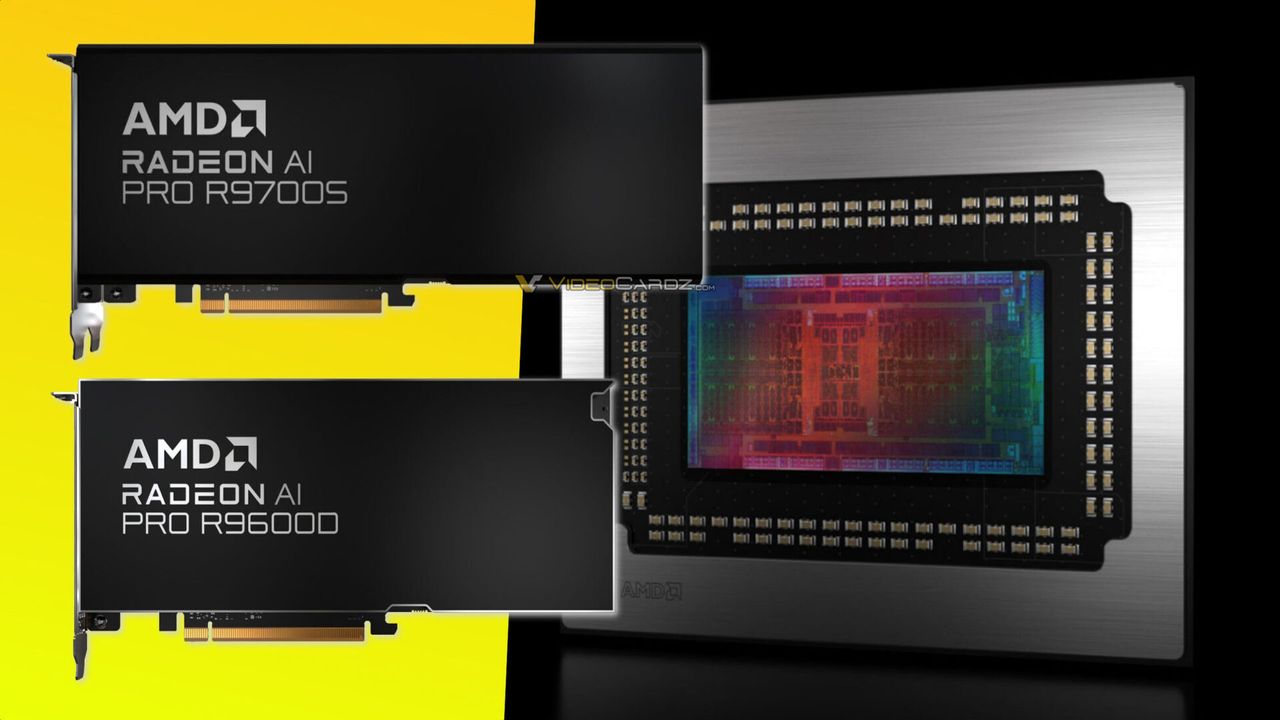


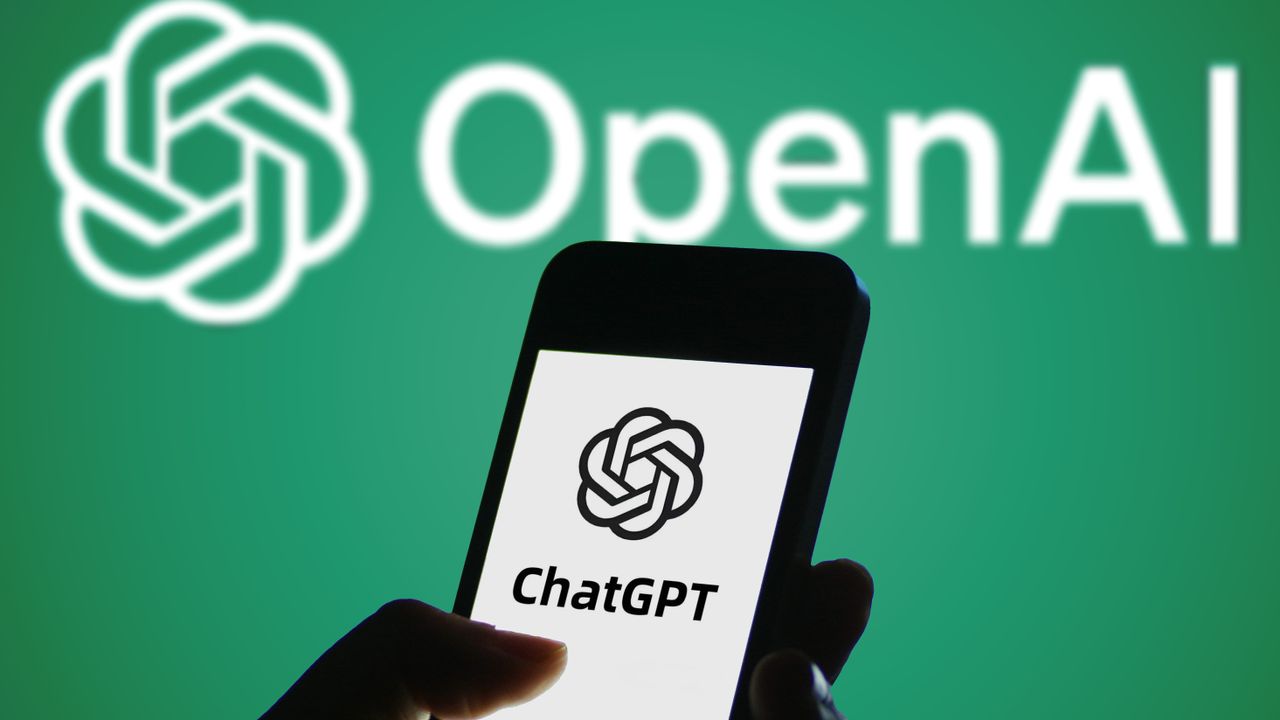
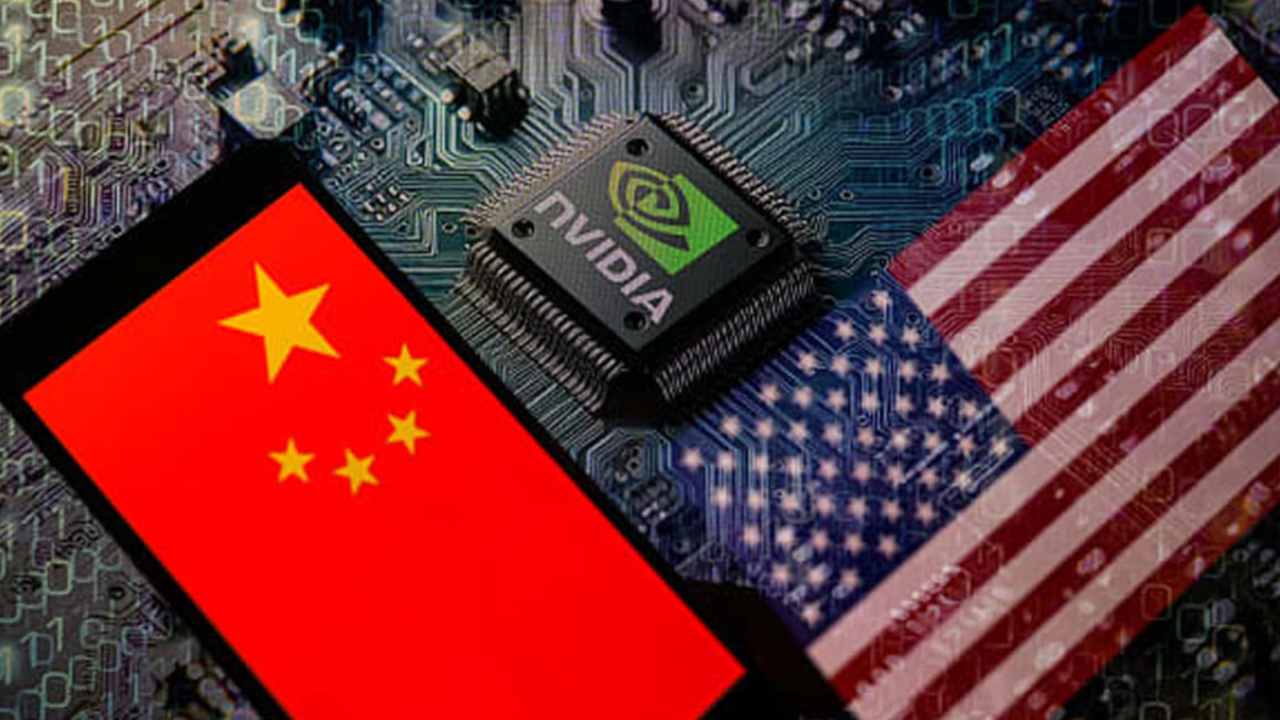


















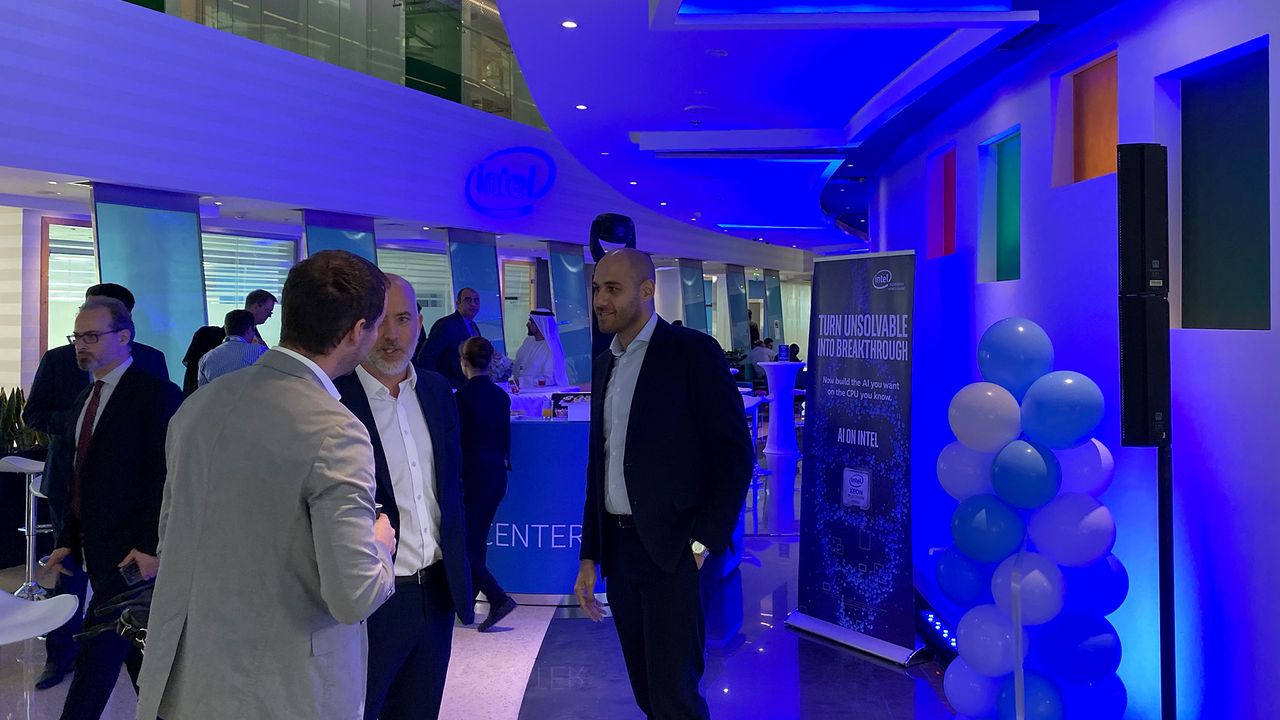



































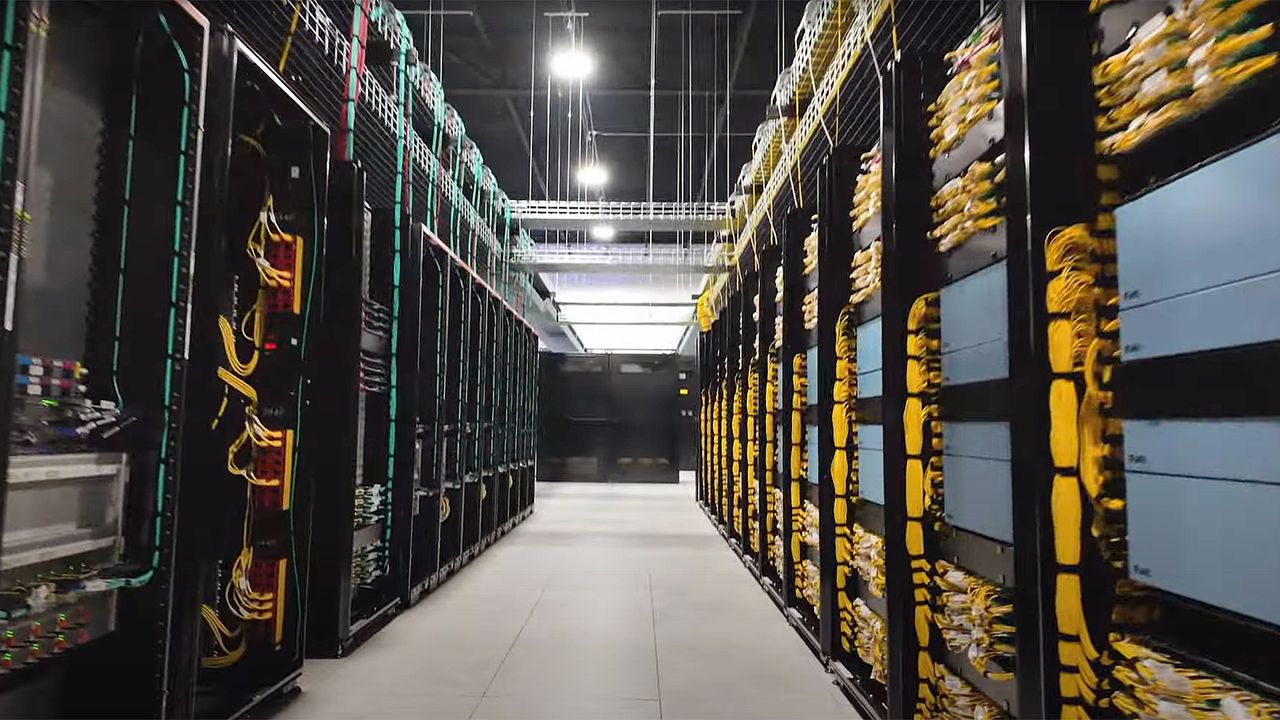
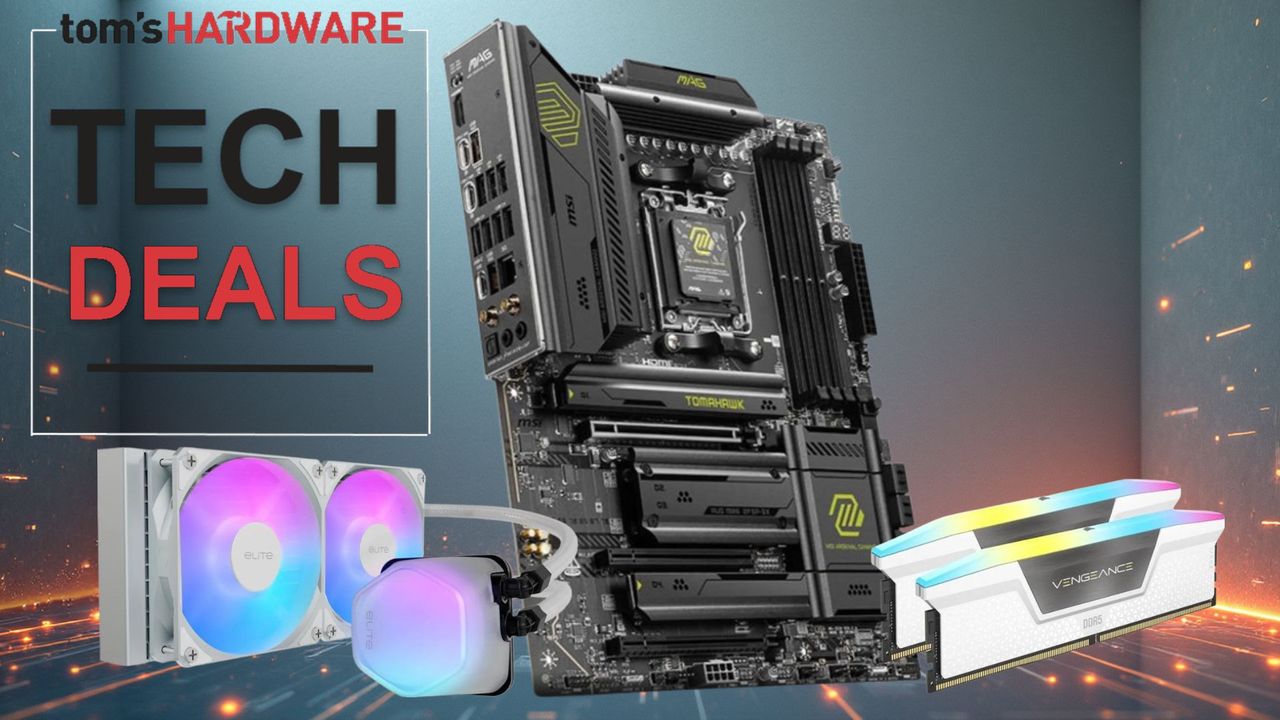
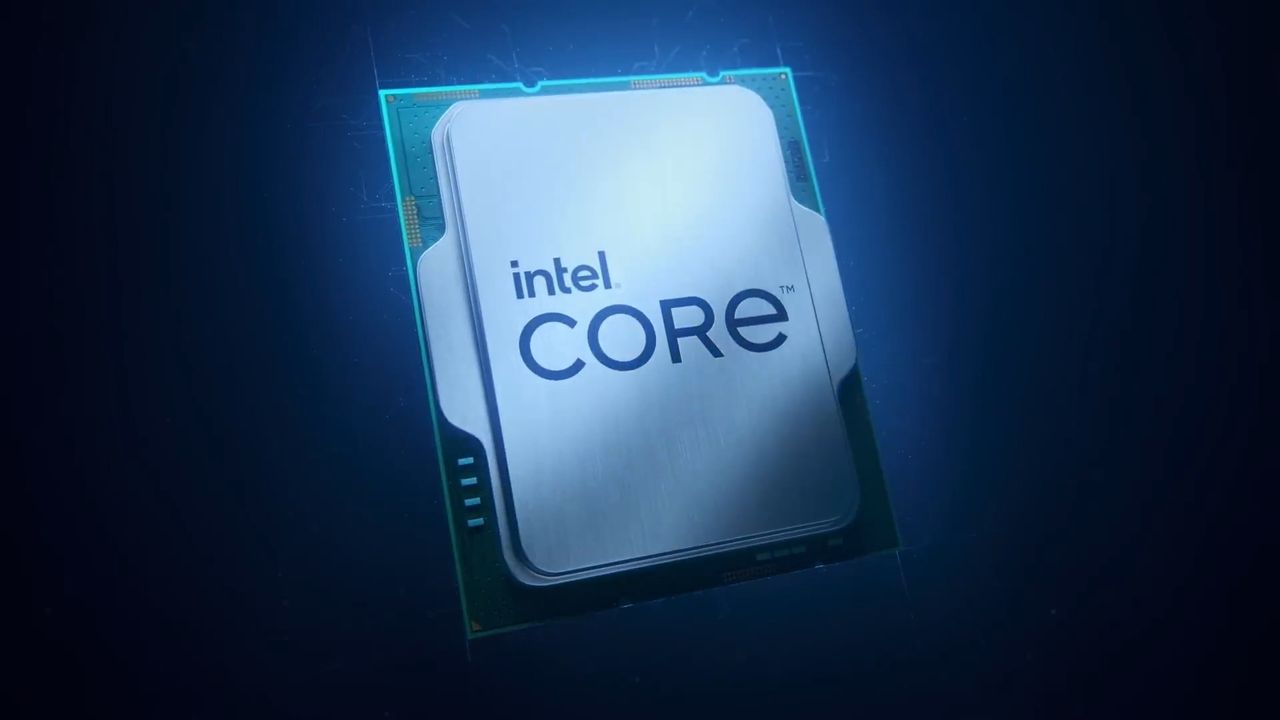
 When you go Live with Search, you can have a back-and-forth voice conversation in AI Mode to get real-time help and quickly find relevant sites across the web. And now, …
When you go Live with Search, you can have a back-and-forth voice conversation in AI Mode to get real-time help and quickly find relevant sites across the web. And now, …  We’re bringing Gemini’s state-of-the-art translation model to Google Translate for text, and more new features.
We’re bringing Gemini’s state-of-the-art translation model to Google Translate for text, and more new features.  An upgraded Gemini 2.5 Native Audio model across Google products and live speech translation in the Google Translate app.
An upgraded Gemini 2.5 Native Audio model across Google products and live speech translation in the Google Translate app. 





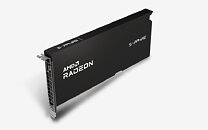











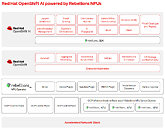





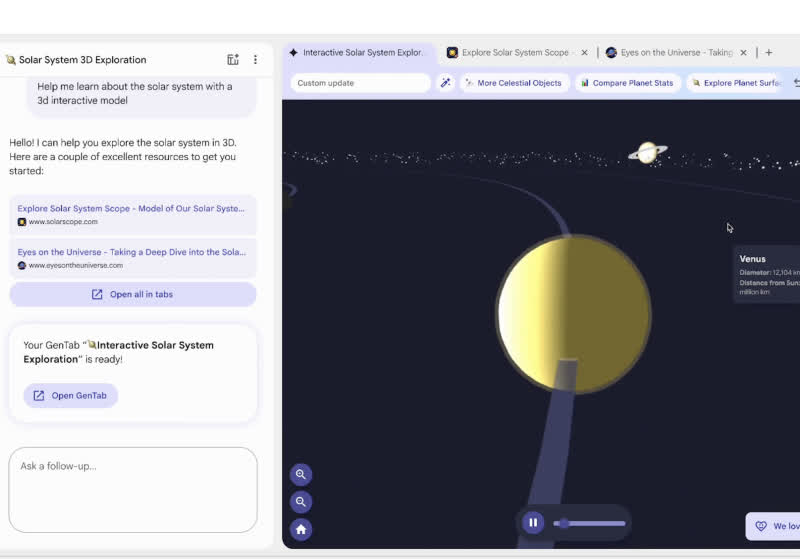







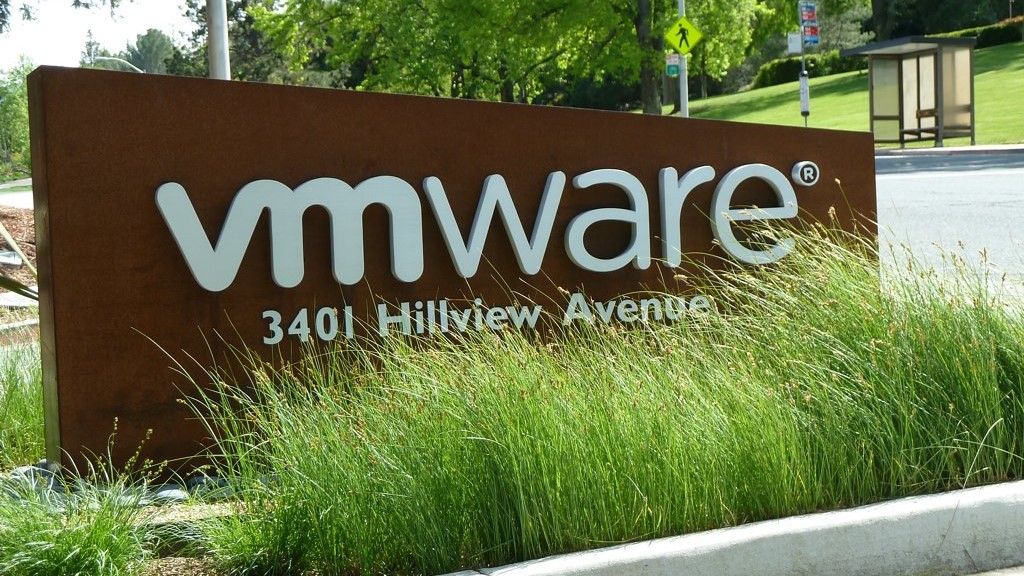






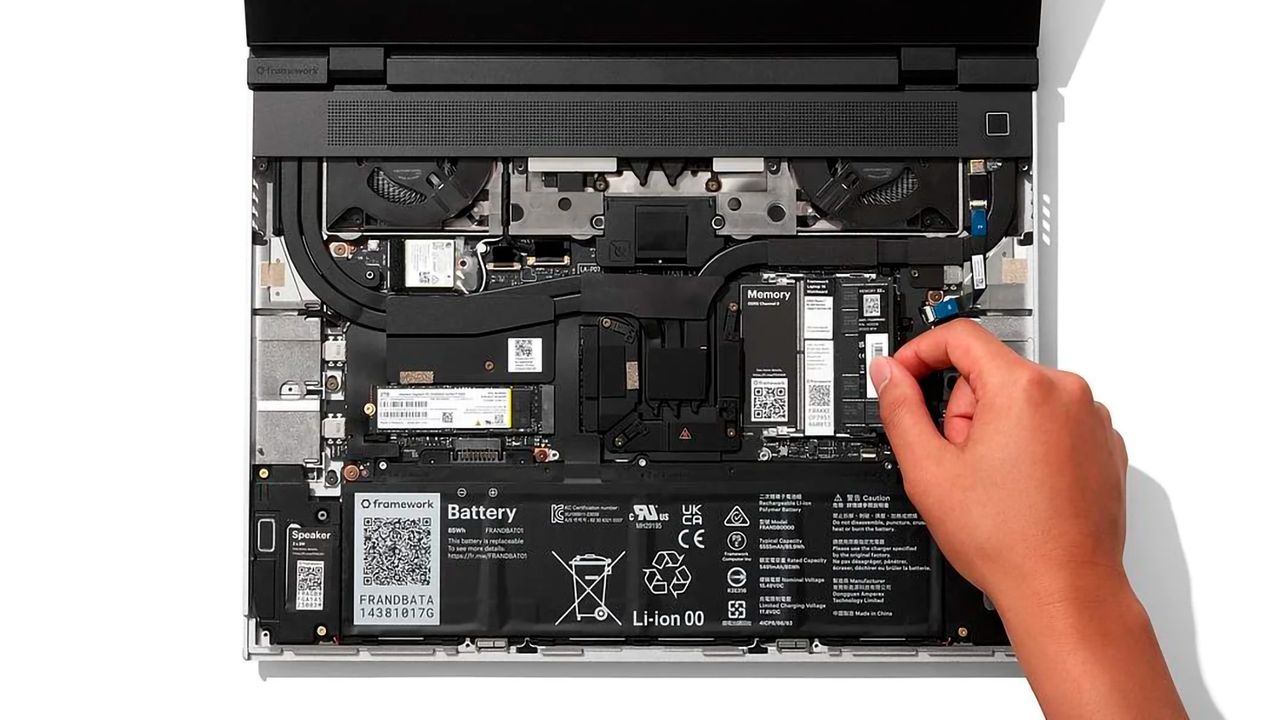






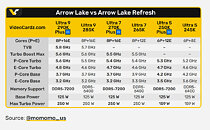










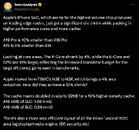


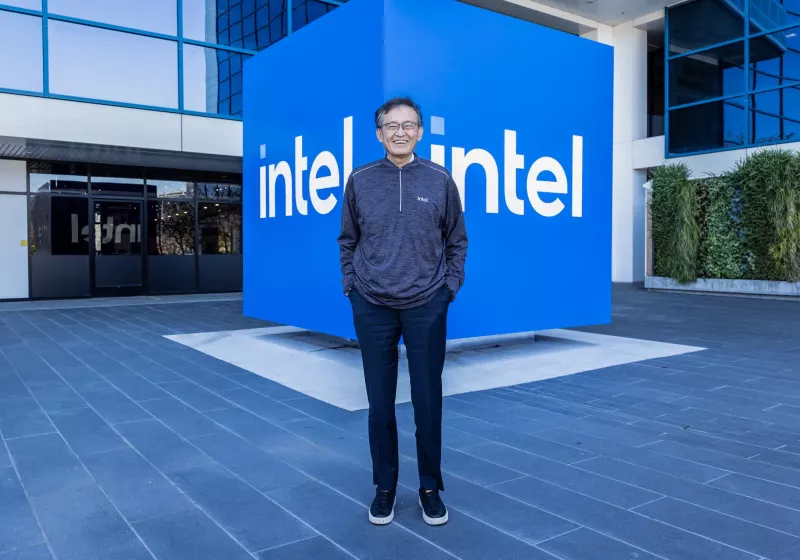

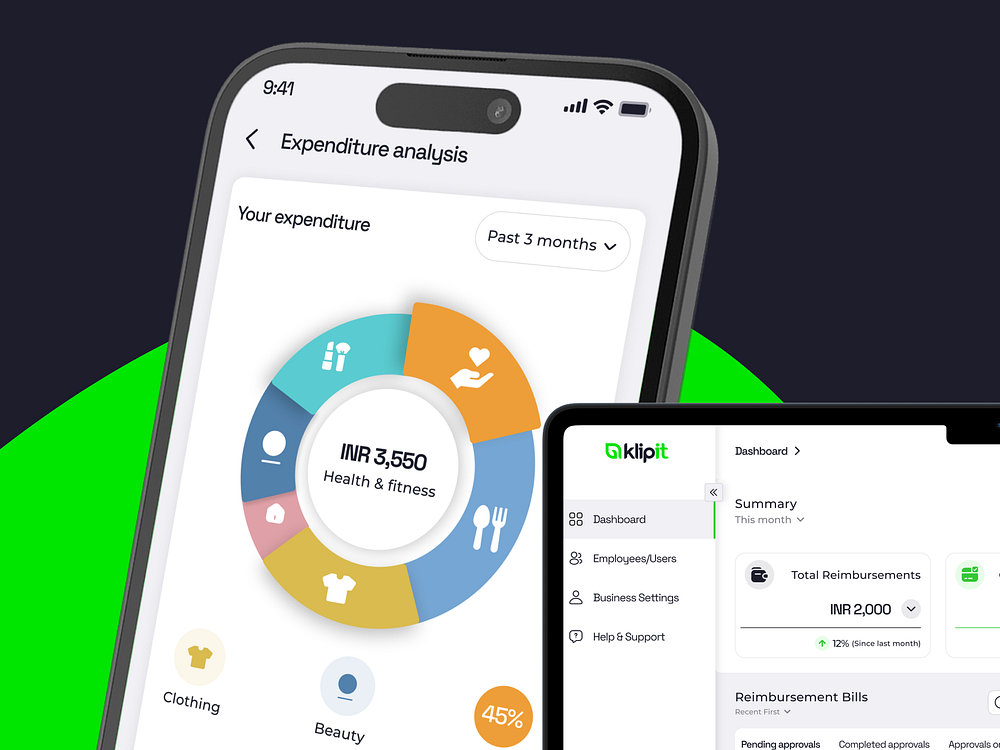

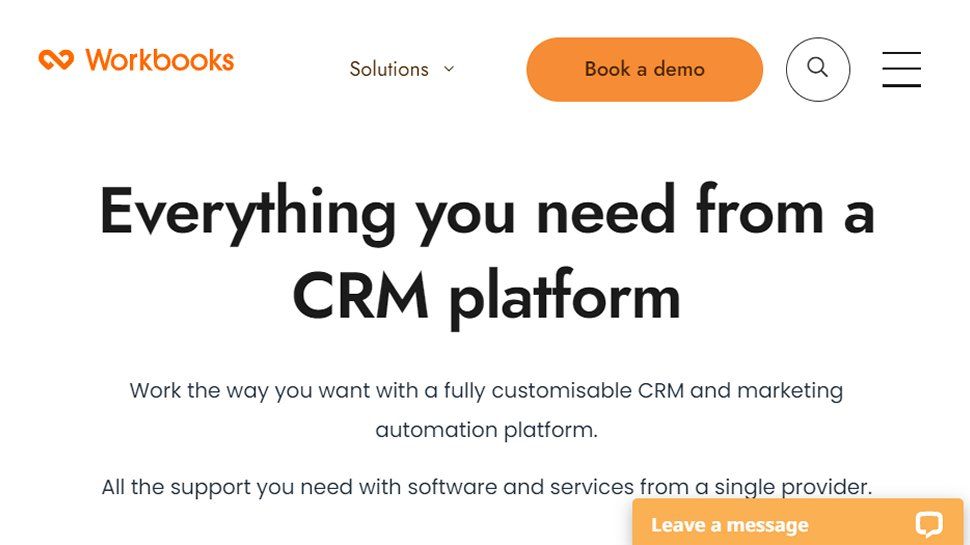







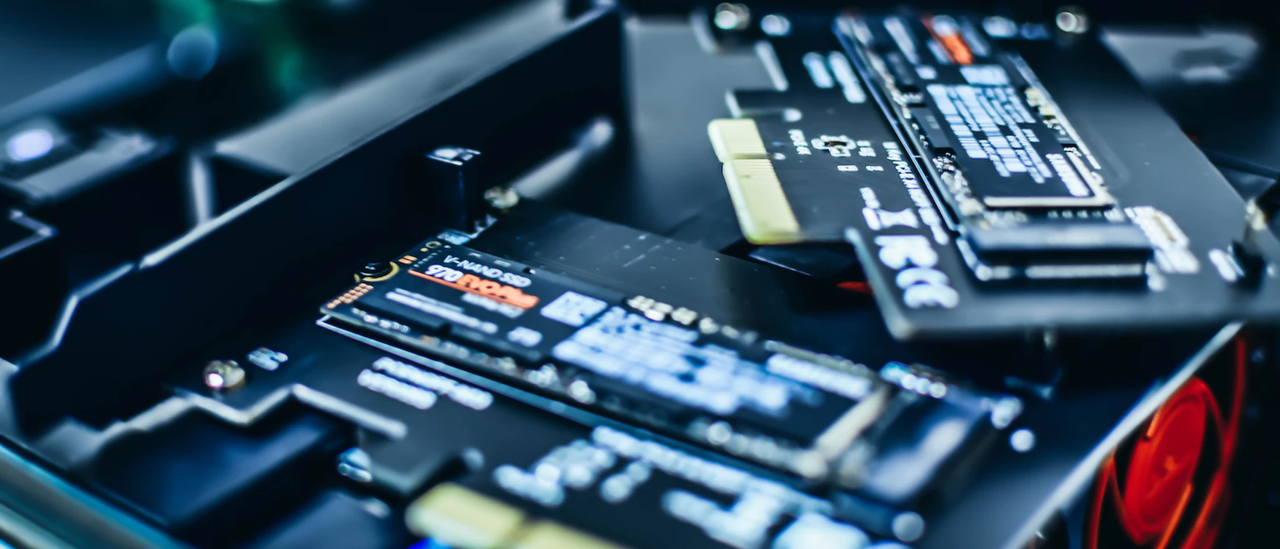



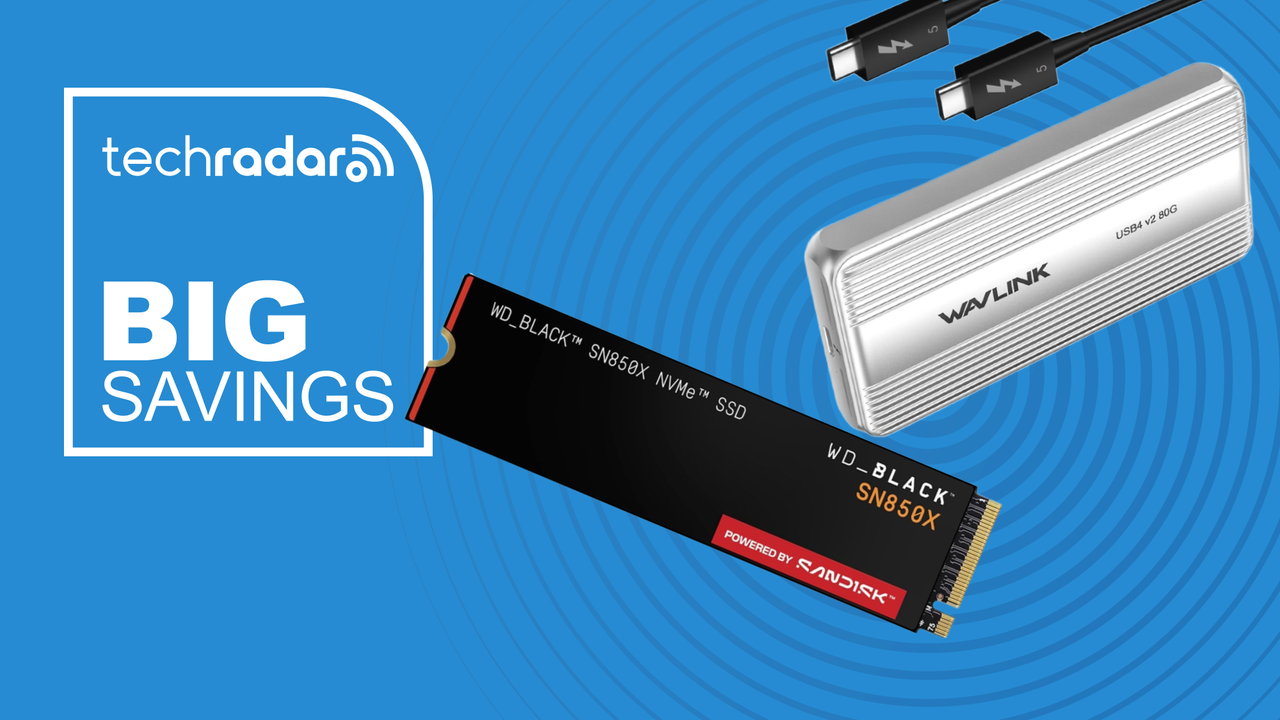
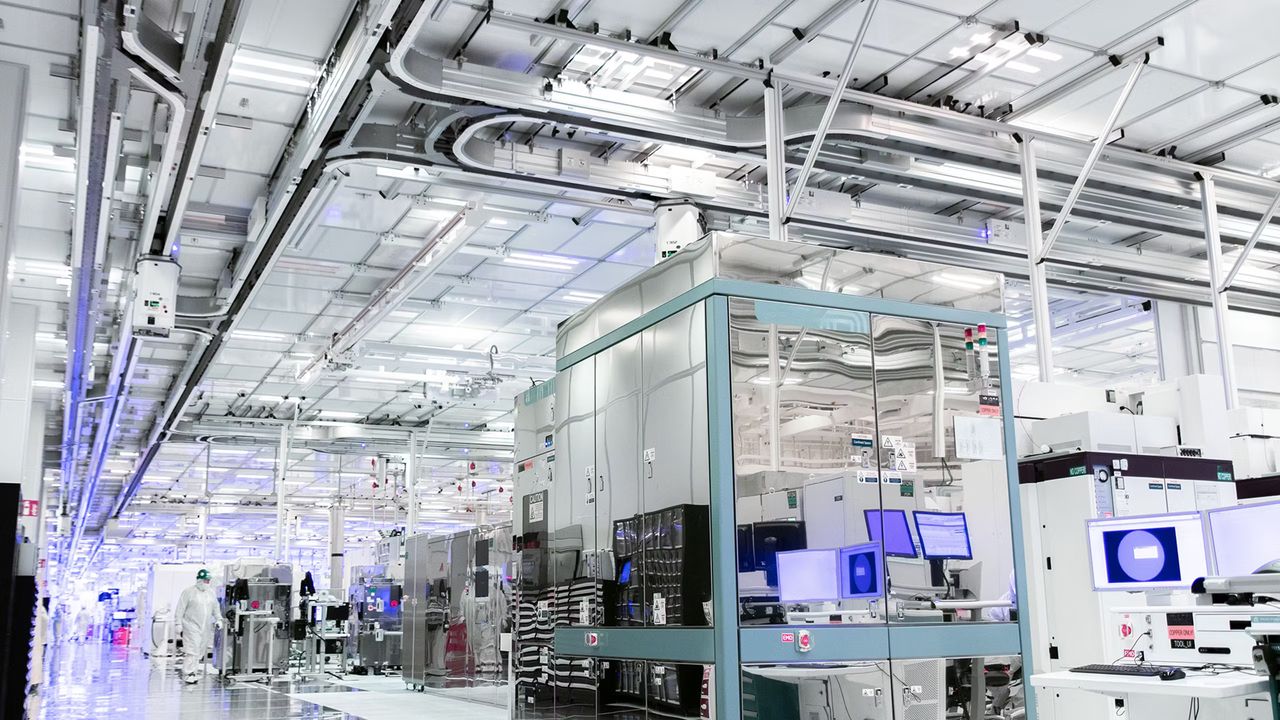








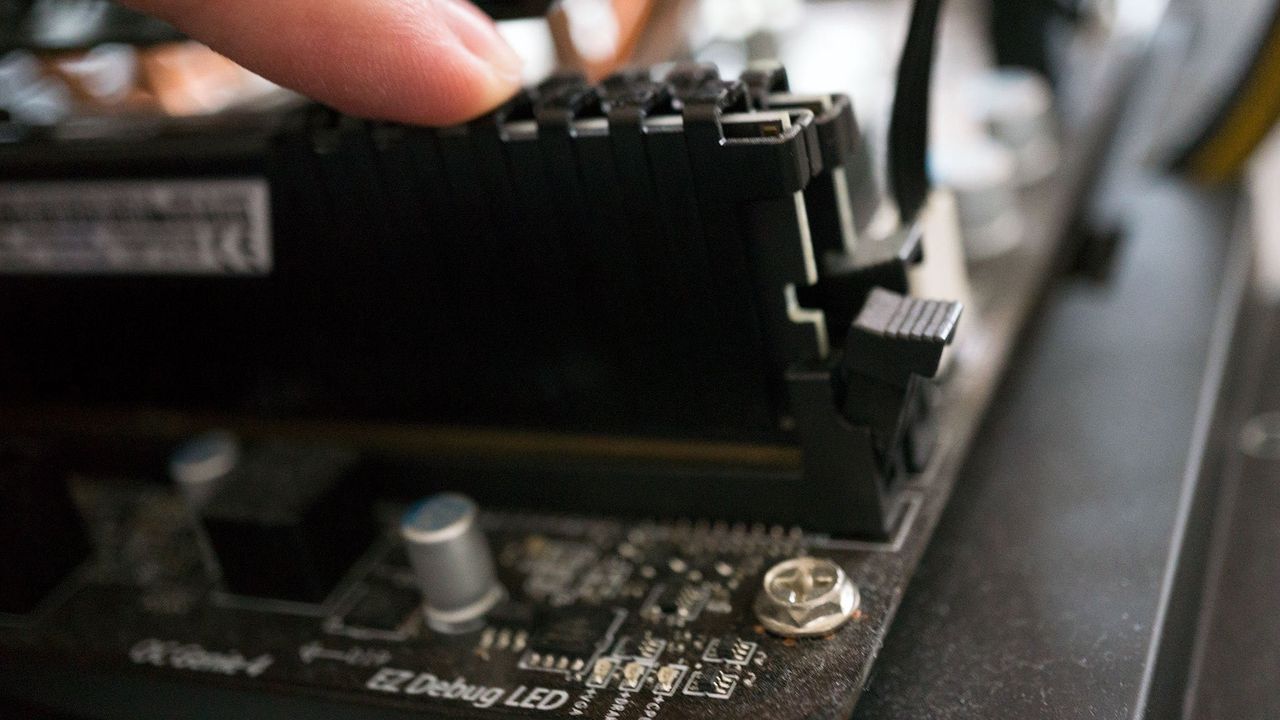






























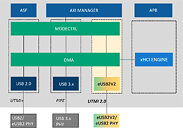
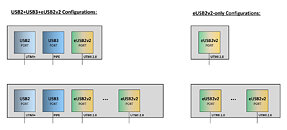
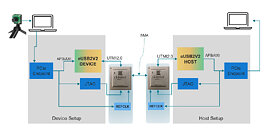

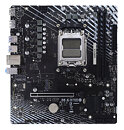
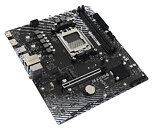
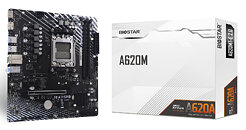
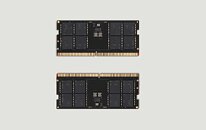




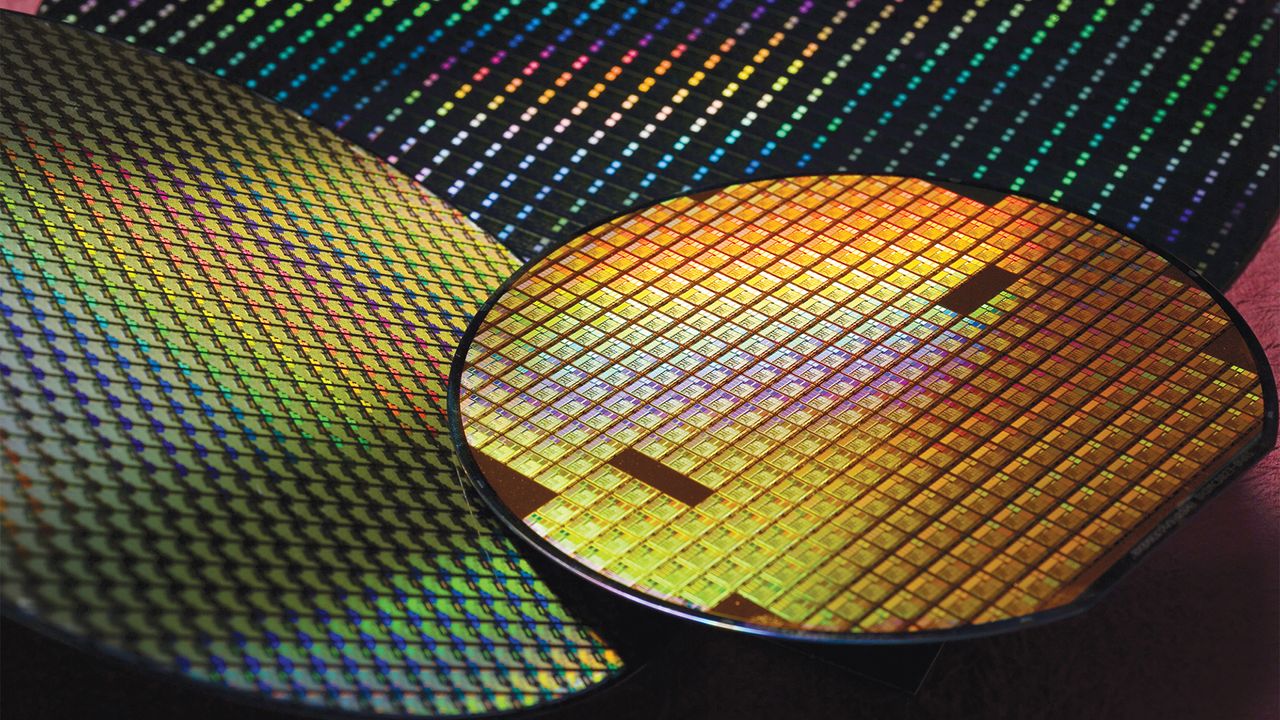











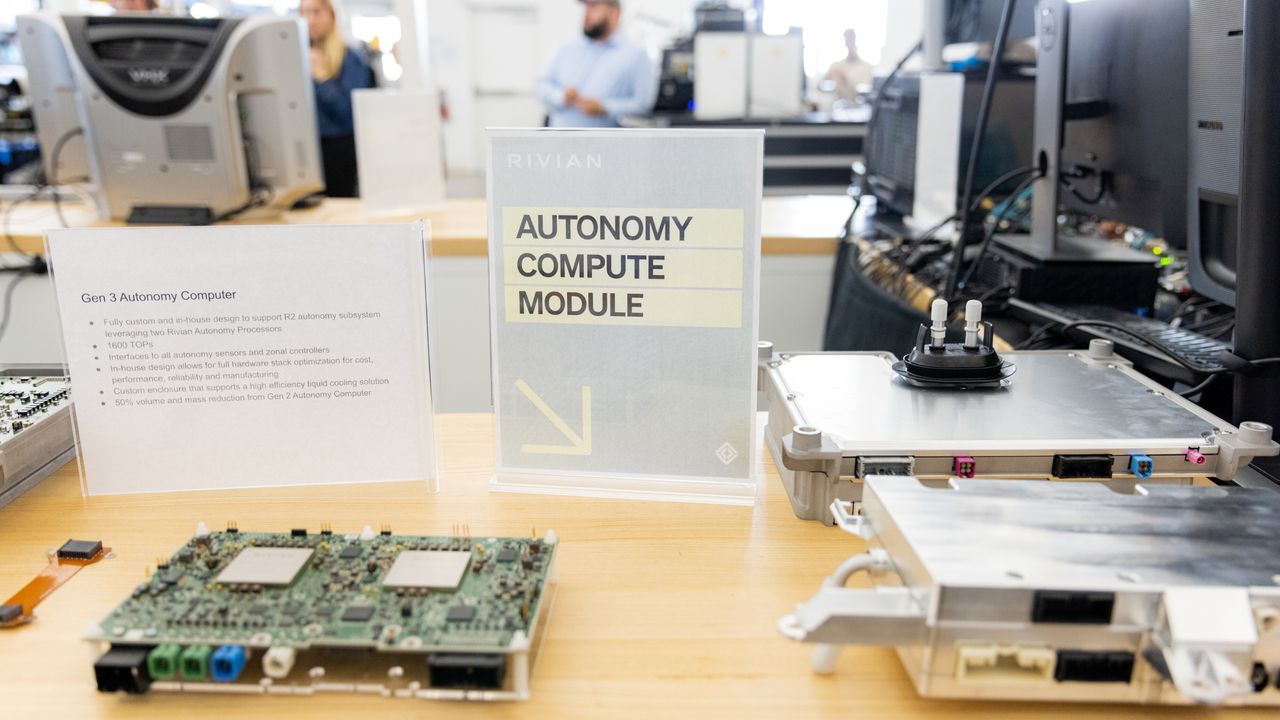

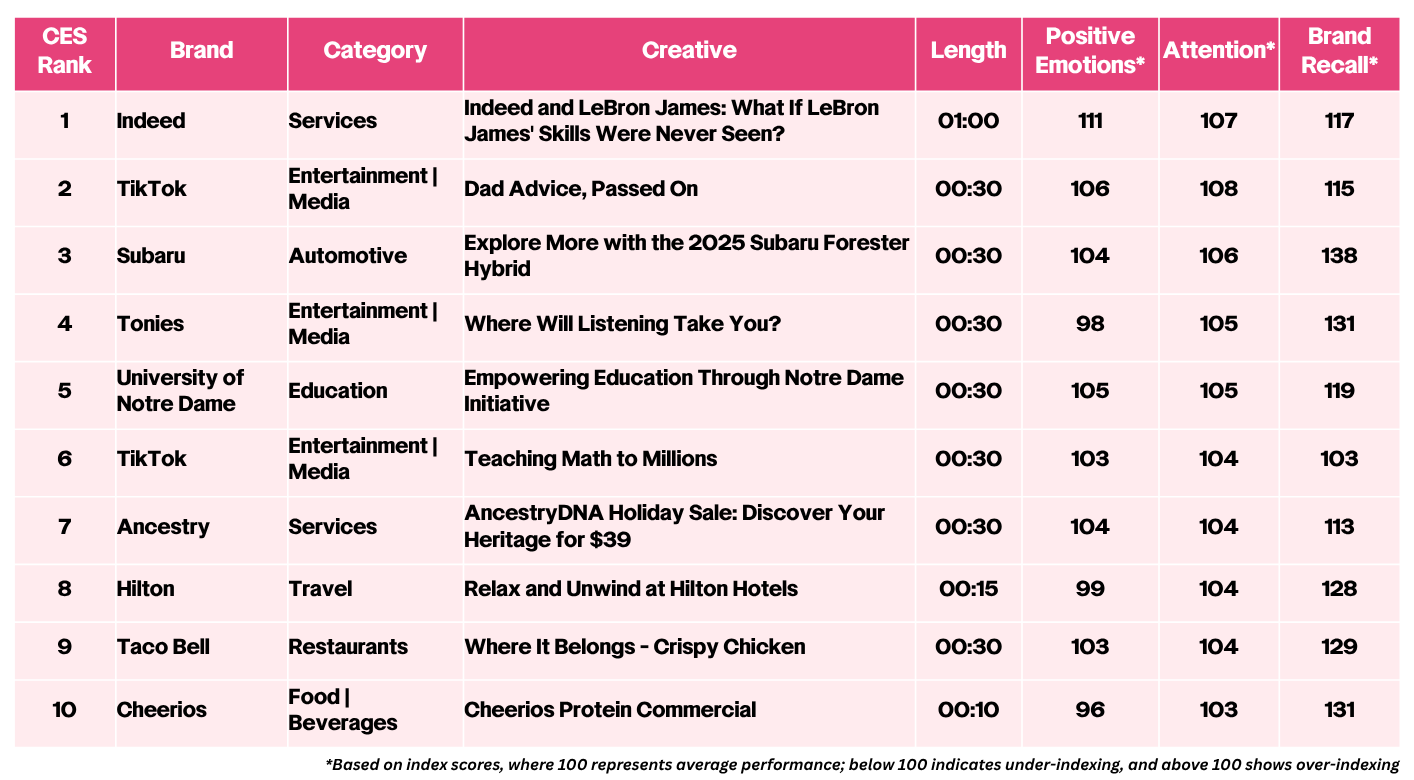
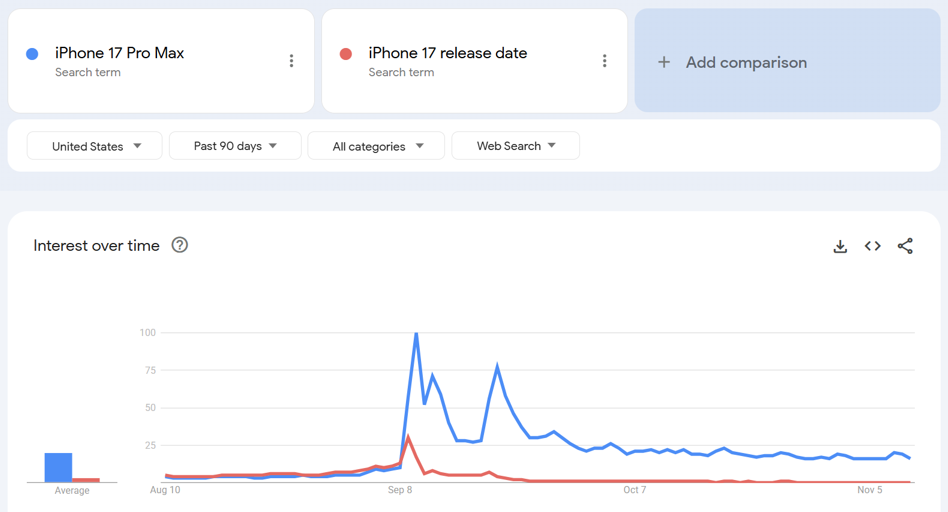




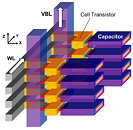
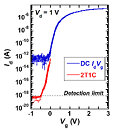



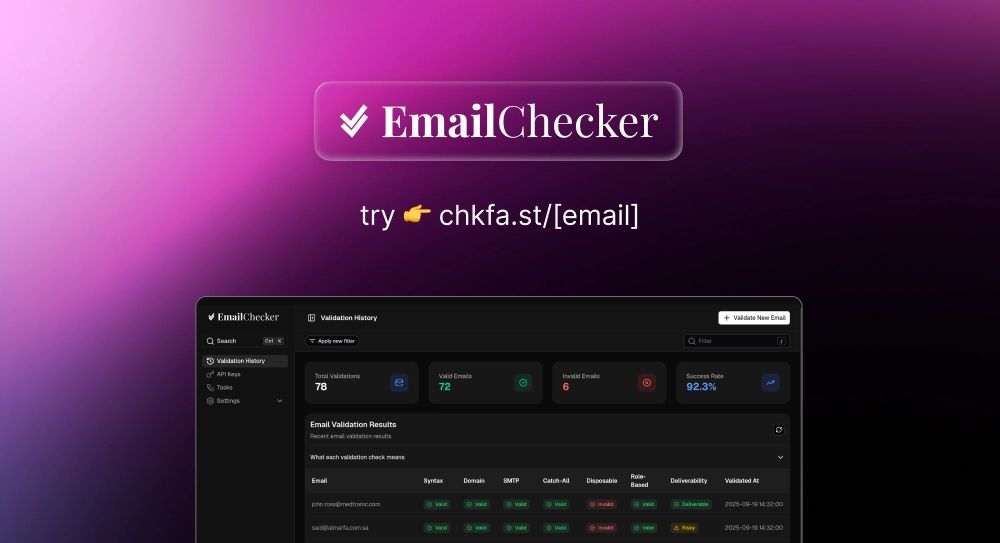



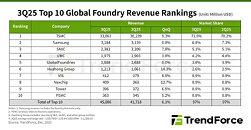




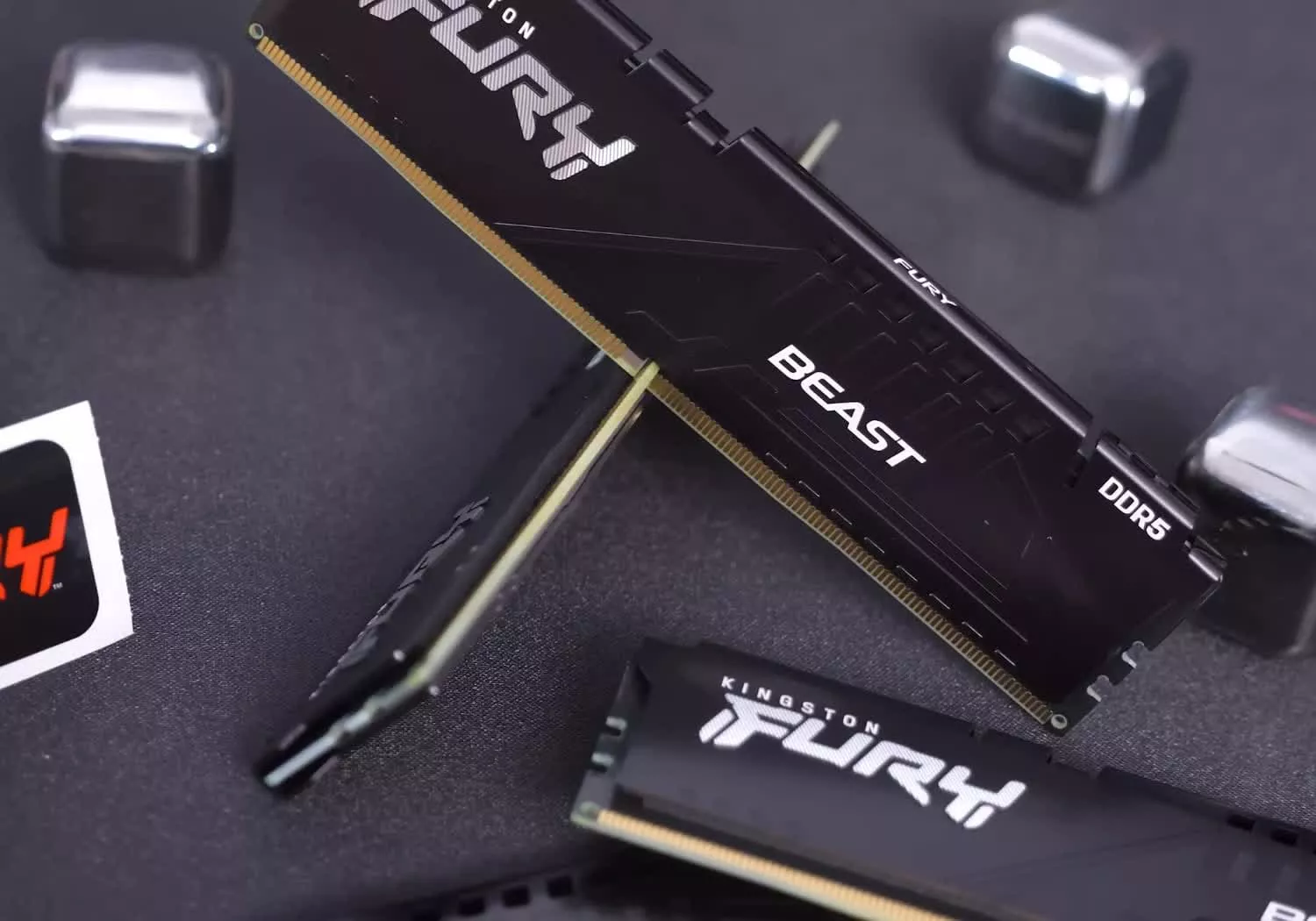
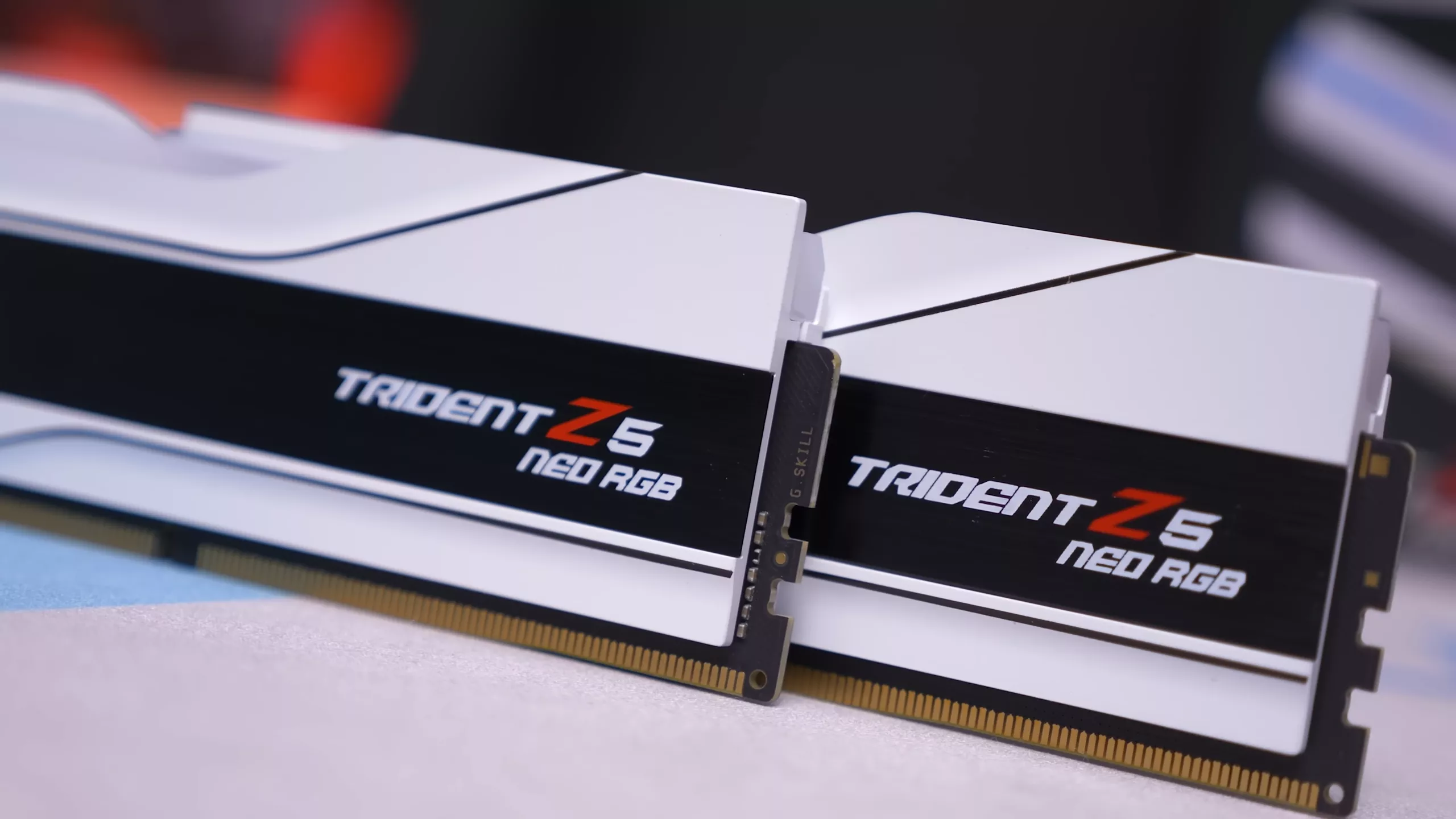







 Quantum computing holds the potential to solve some of the world's most complex challenges. Today, we’re announcing a new collaboration with the UK National Quantum Comp…
Quantum computing holds the potential to solve some of the world's most complex challenges. Today, we’re announcing a new collaboration with the UK National Quantum Comp… 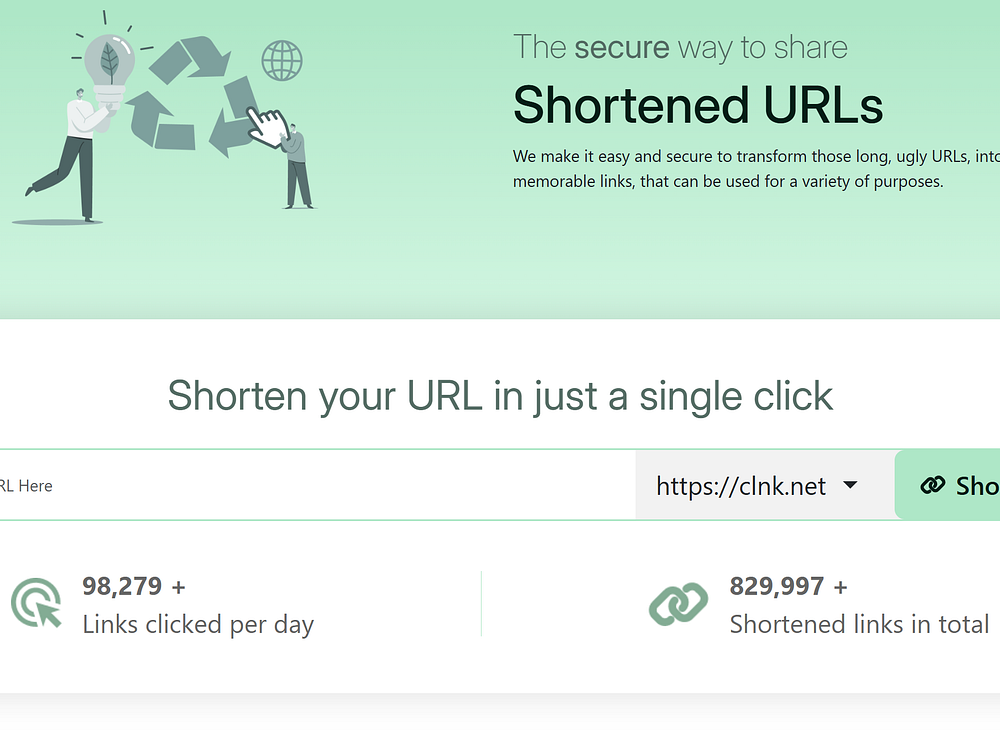



















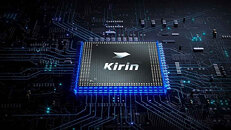


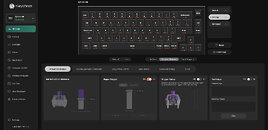

 Gradient Canvas is a new art exhibition celebrating a decade of creative collaborations between artists and artificial intelligence.
Gradient Canvas is a new art exhibition celebrating a decade of creative collaborations between artists and artificial intelligence. 












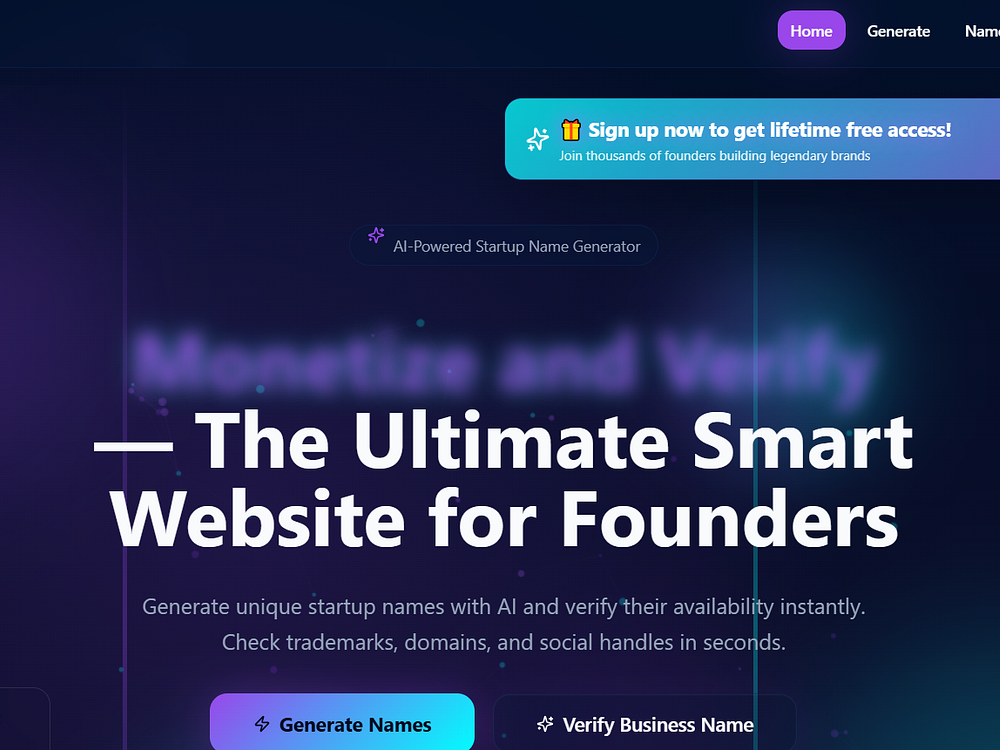
 Google Beam, our first true-to-life 3D video communication platform, made great progress in 2025.
Google Beam, our first true-to-life 3D video communication platform, made great progress in 2025. 

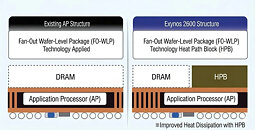













 GenTabs is part of a new Google Labs experiment that proactively creates custom web applications to help you navigate the web
GenTabs is part of a new Google Labs experiment that proactively creates custom web applications to help you navigate the web  We have reimagined Gemini Deep Research to be more powerful than ever, now accessible to developers via the new Interactions API.
We have reimagined Gemini Deep Research to be more powerful than ever, now accessible to developers via the new Interactions API.  Google’s Interactions API is a unified interface for interacting with Gemini models and agents.
Google’s Interactions API is a unified interface for interacting with Gemini models and agents.  Demand Gen can help you reach new audiences while they're streaming, scrolling or shopping. On average, 68% of Demand Gen conversions came from users who did not see the…
Demand Gen can help you reach new audiences while they're streaming, scrolling or shopping. On average, 68% of Demand Gen conversions came from users who did not see the… 



